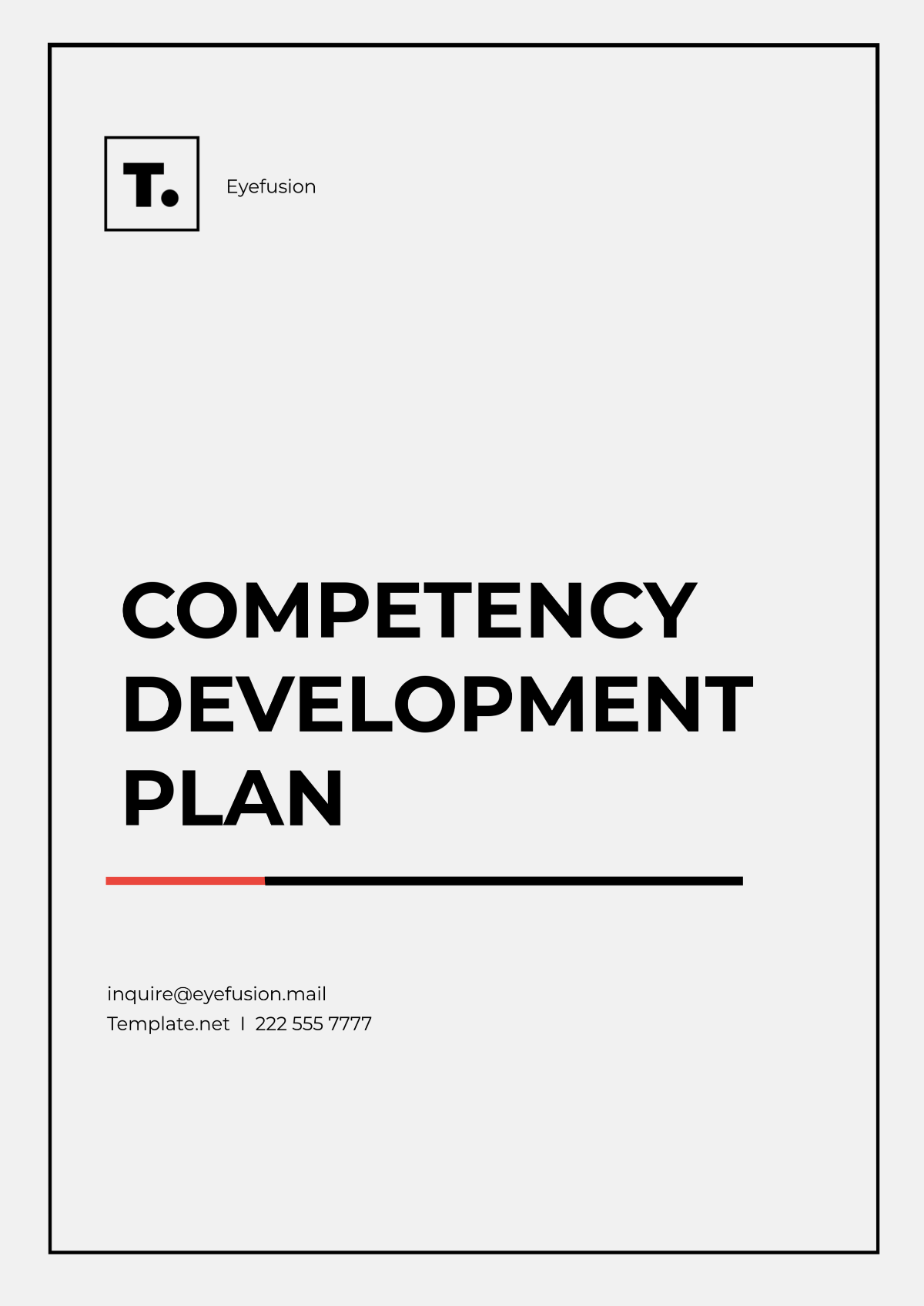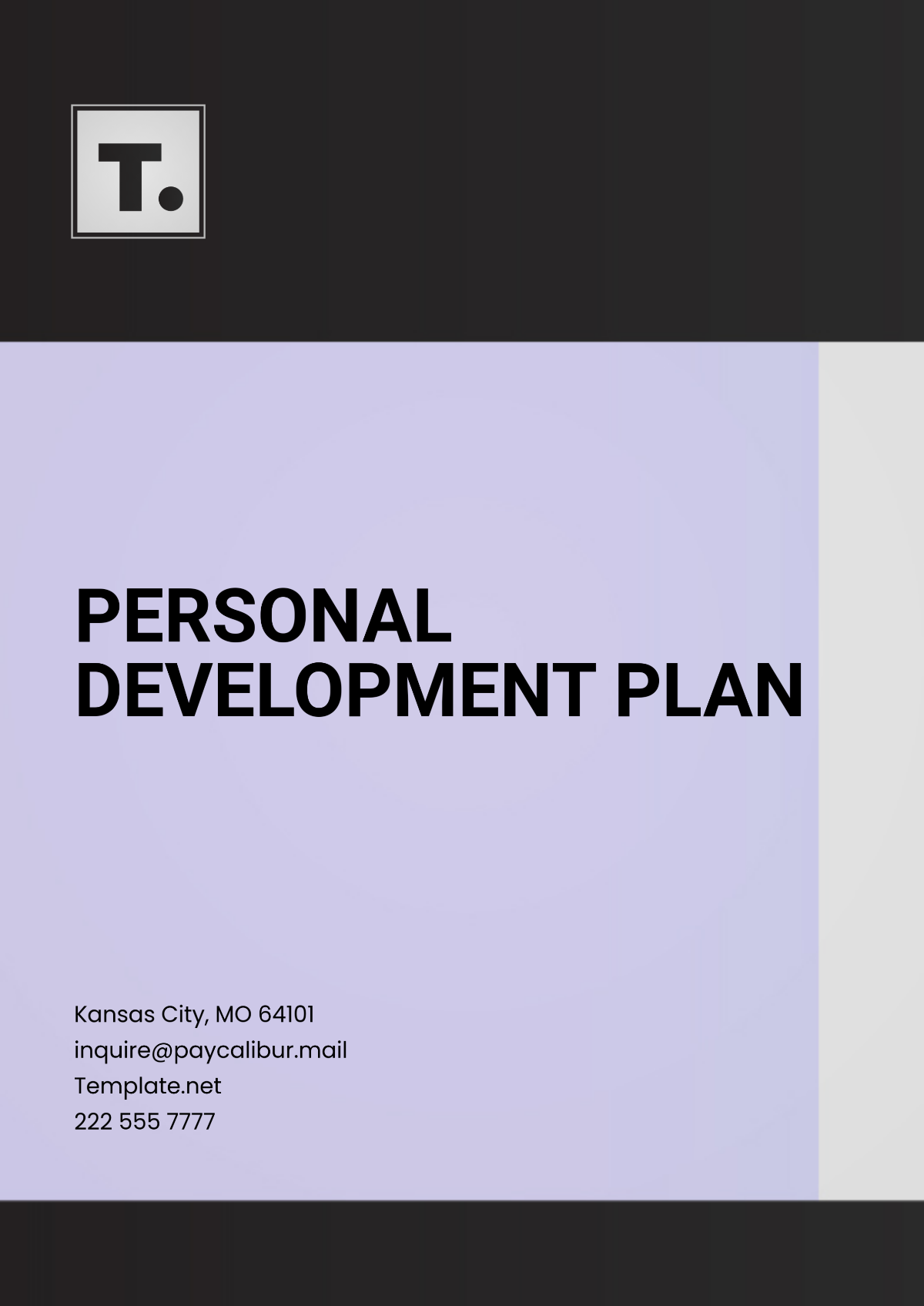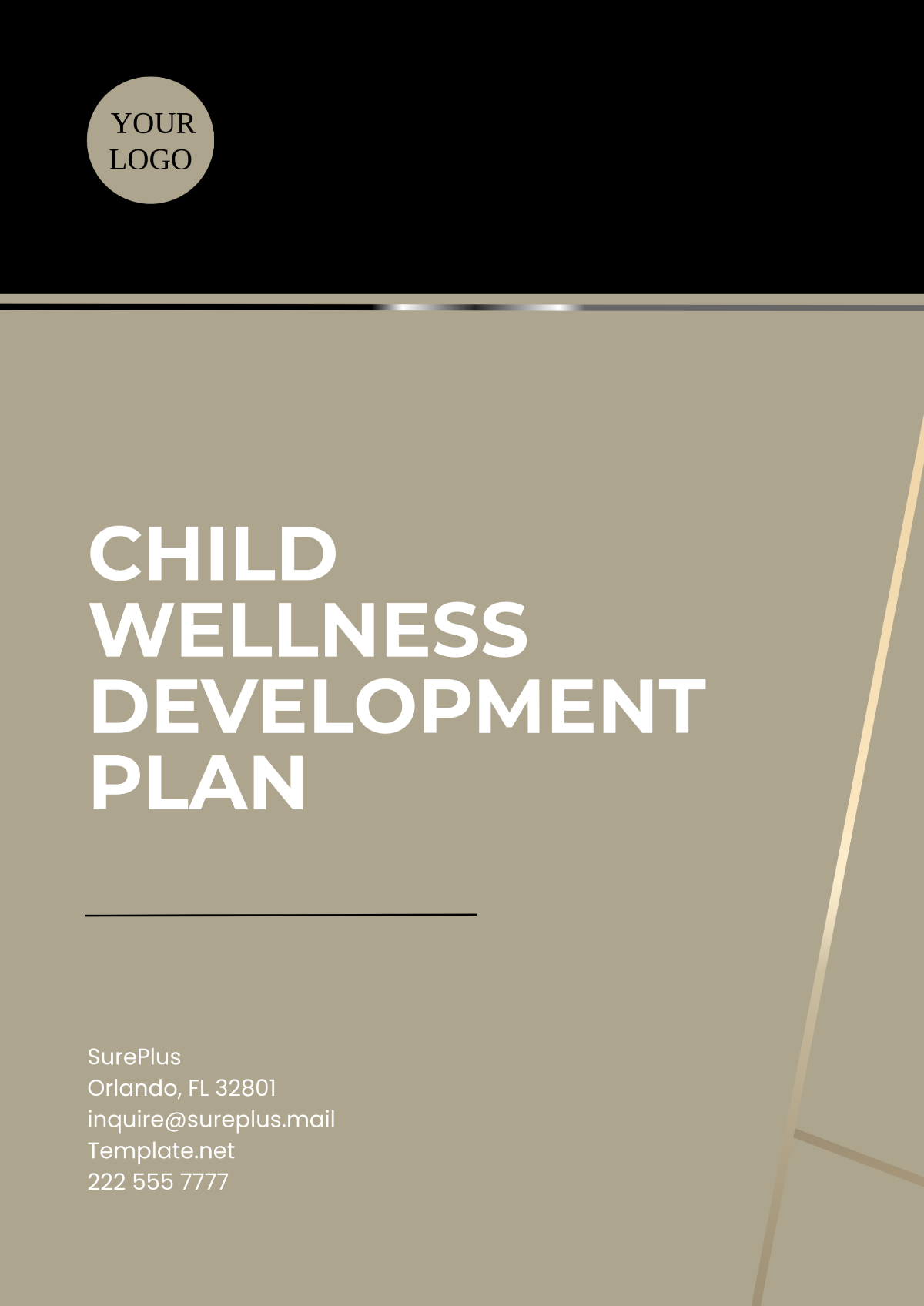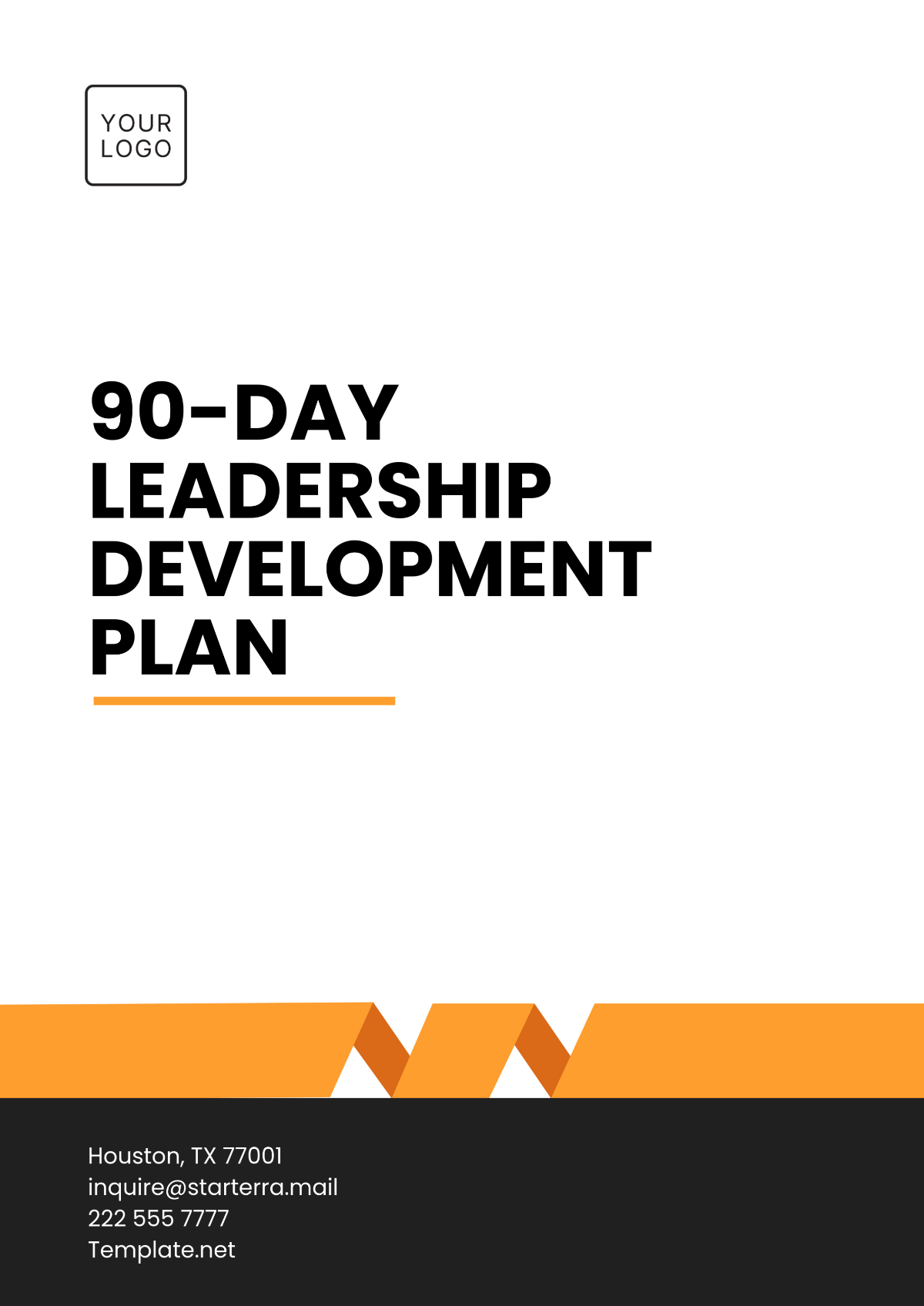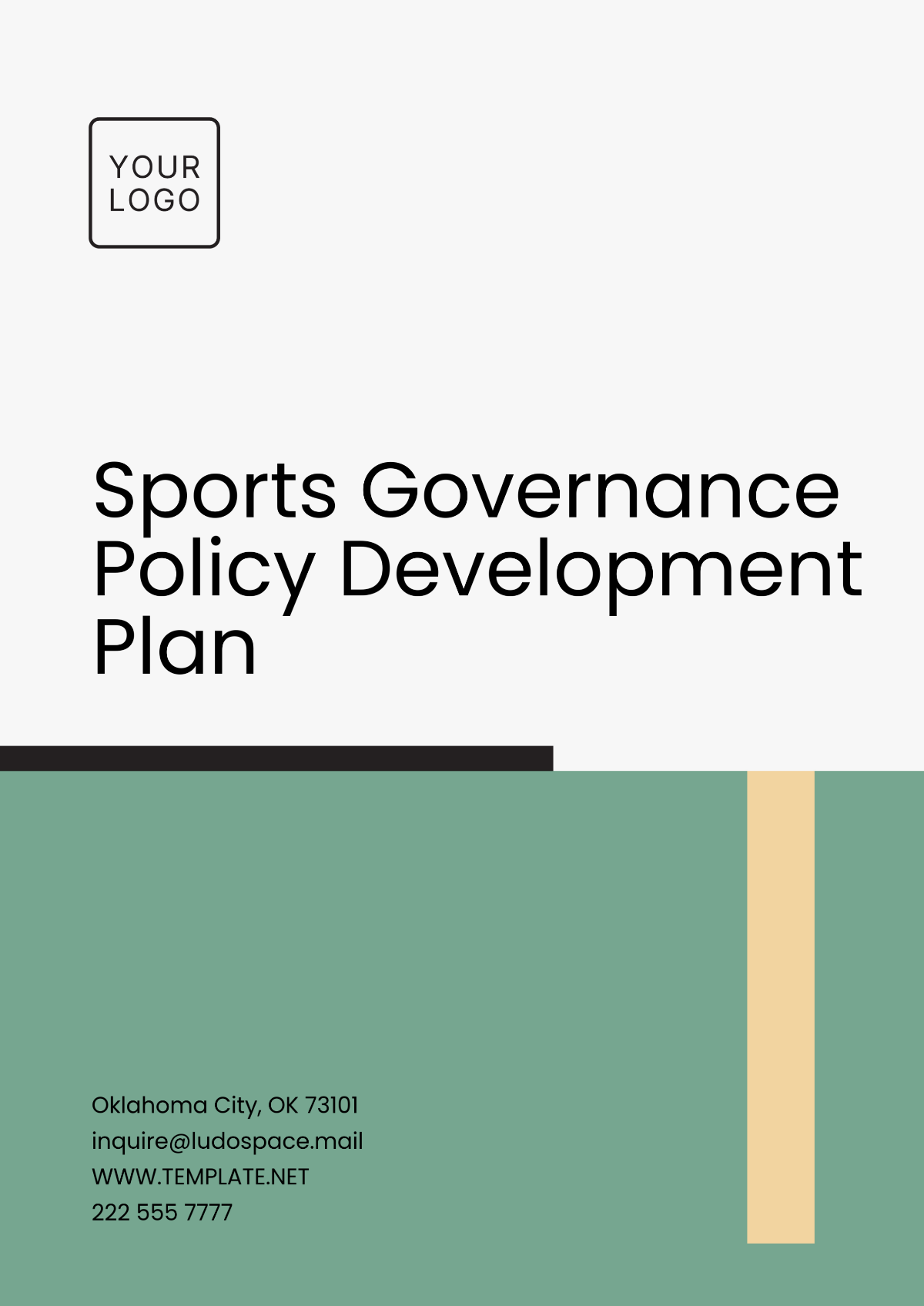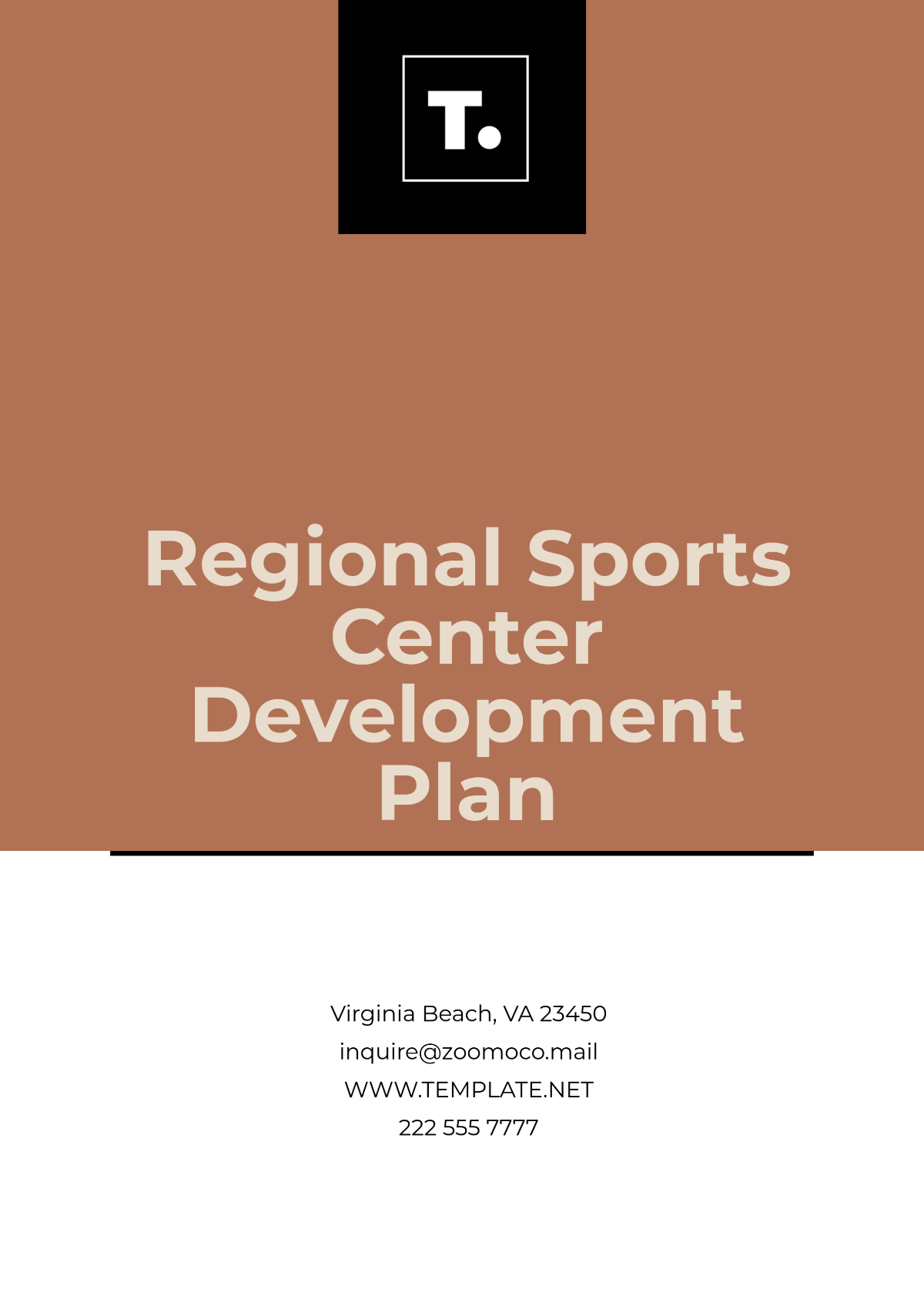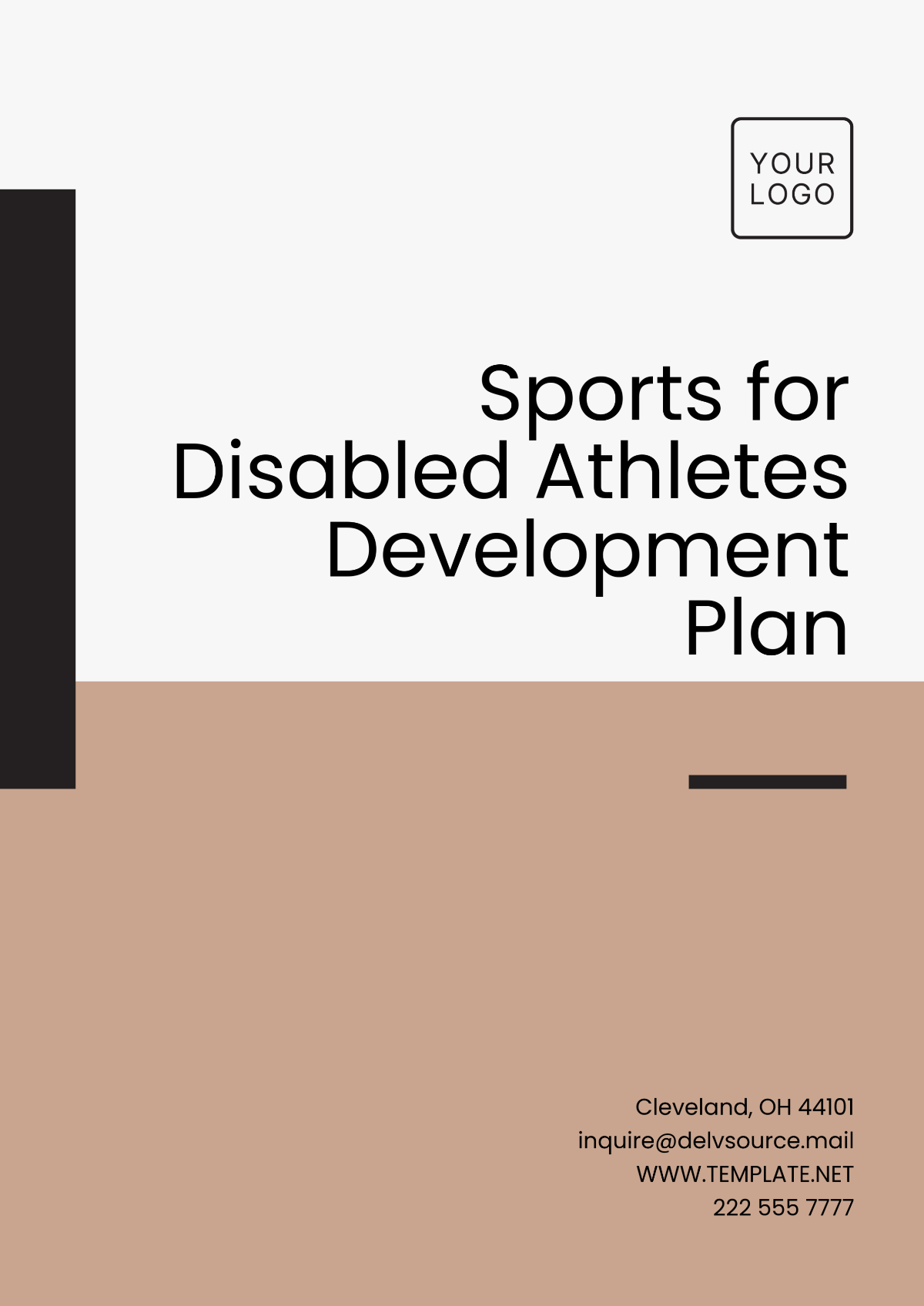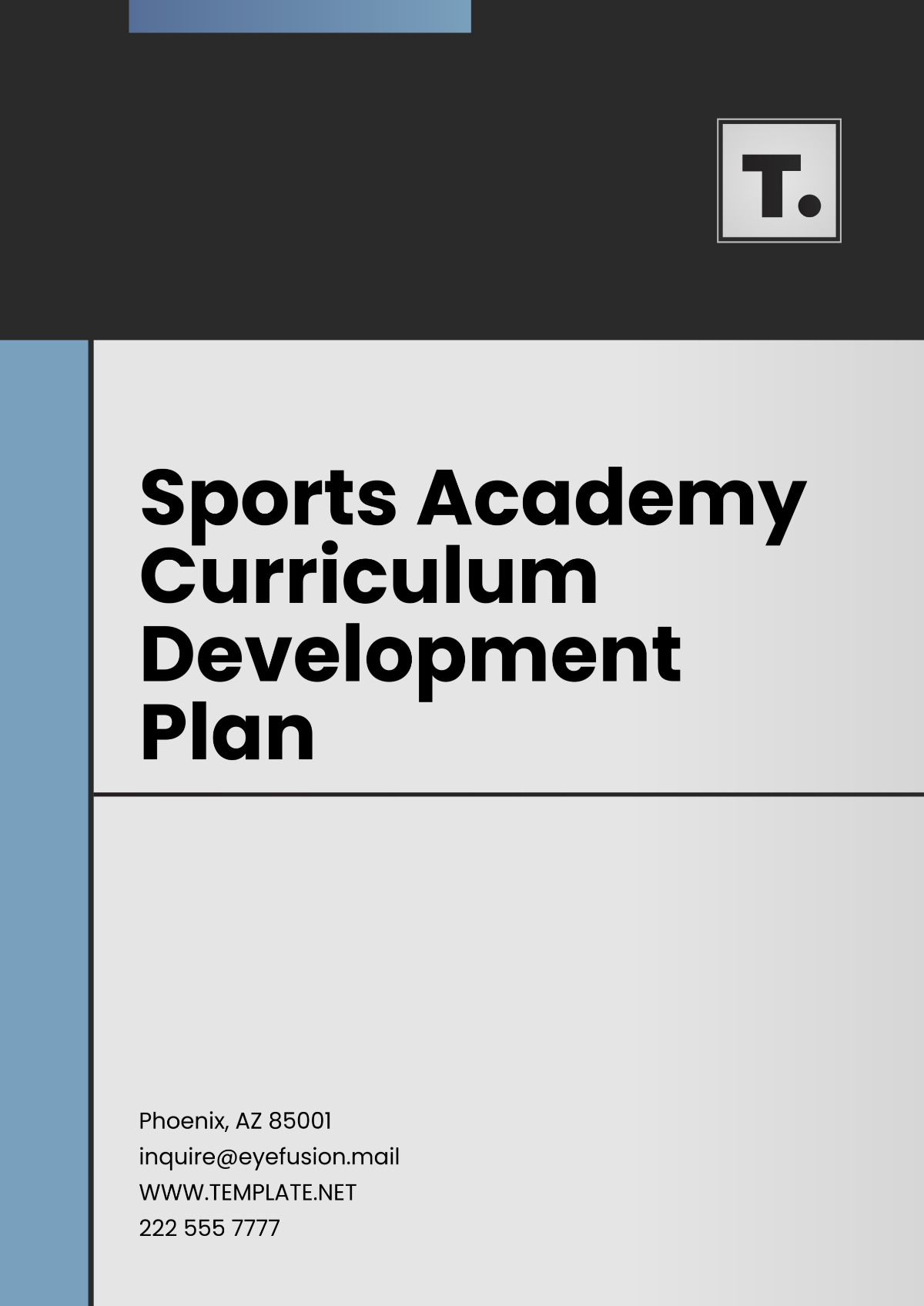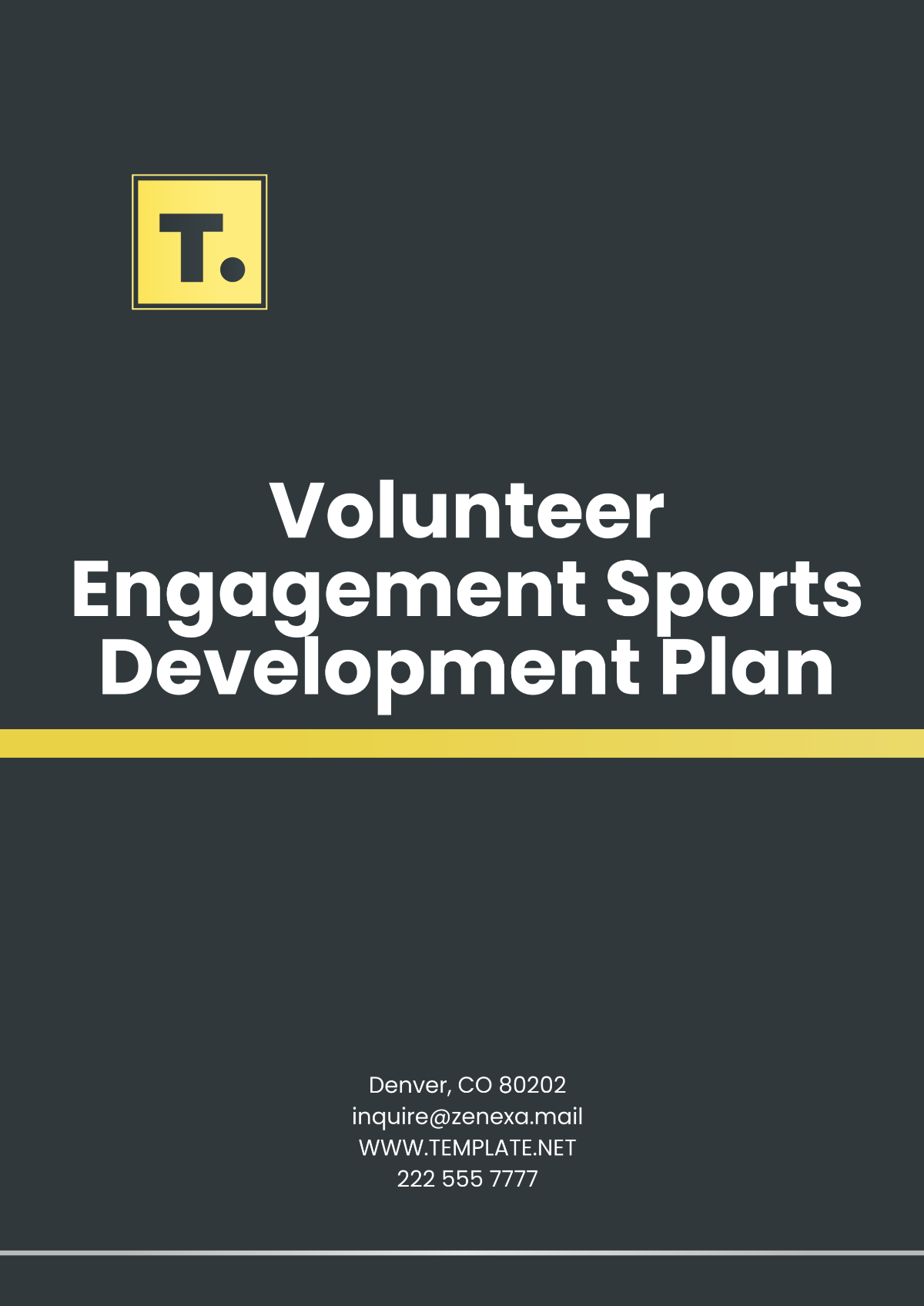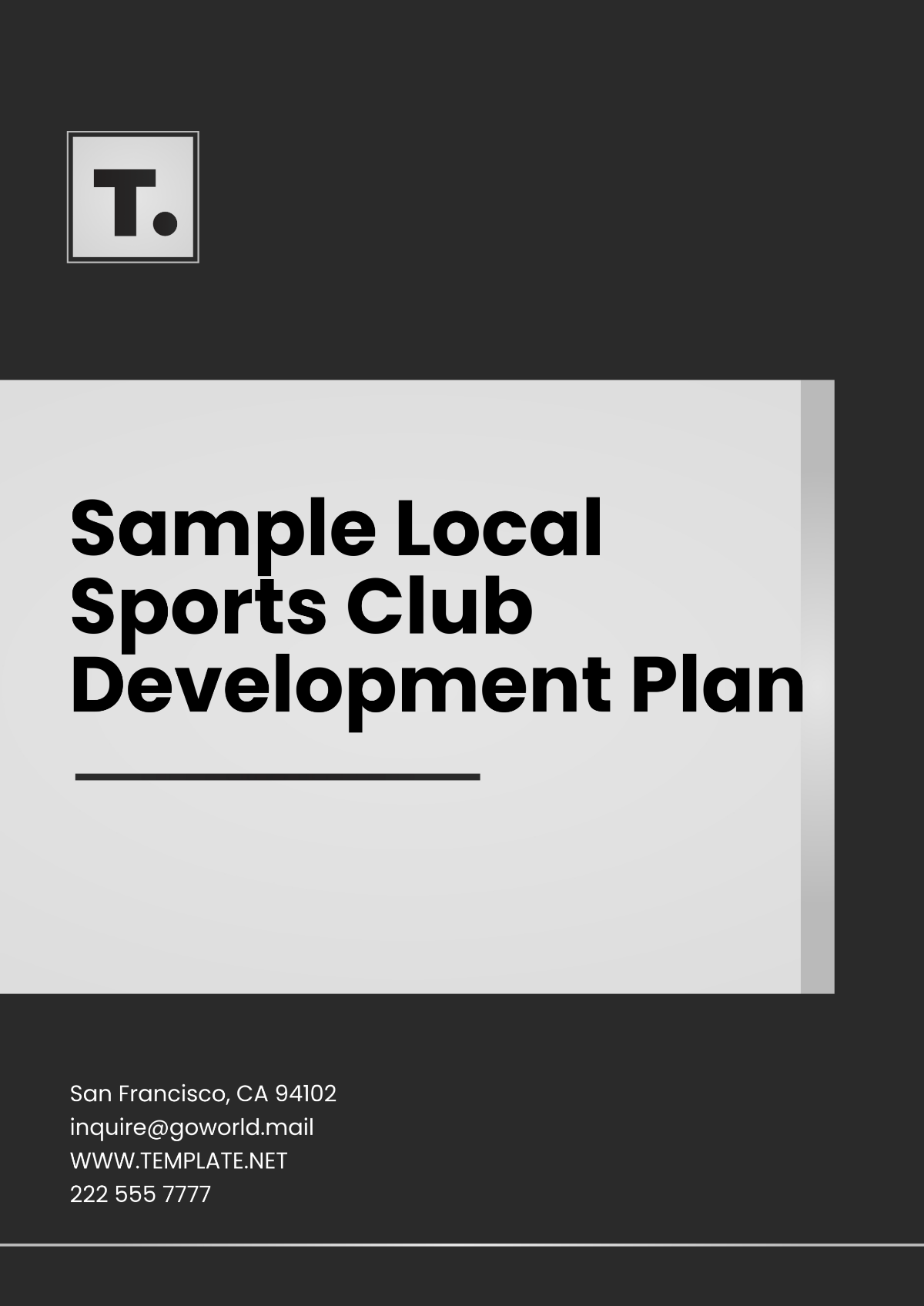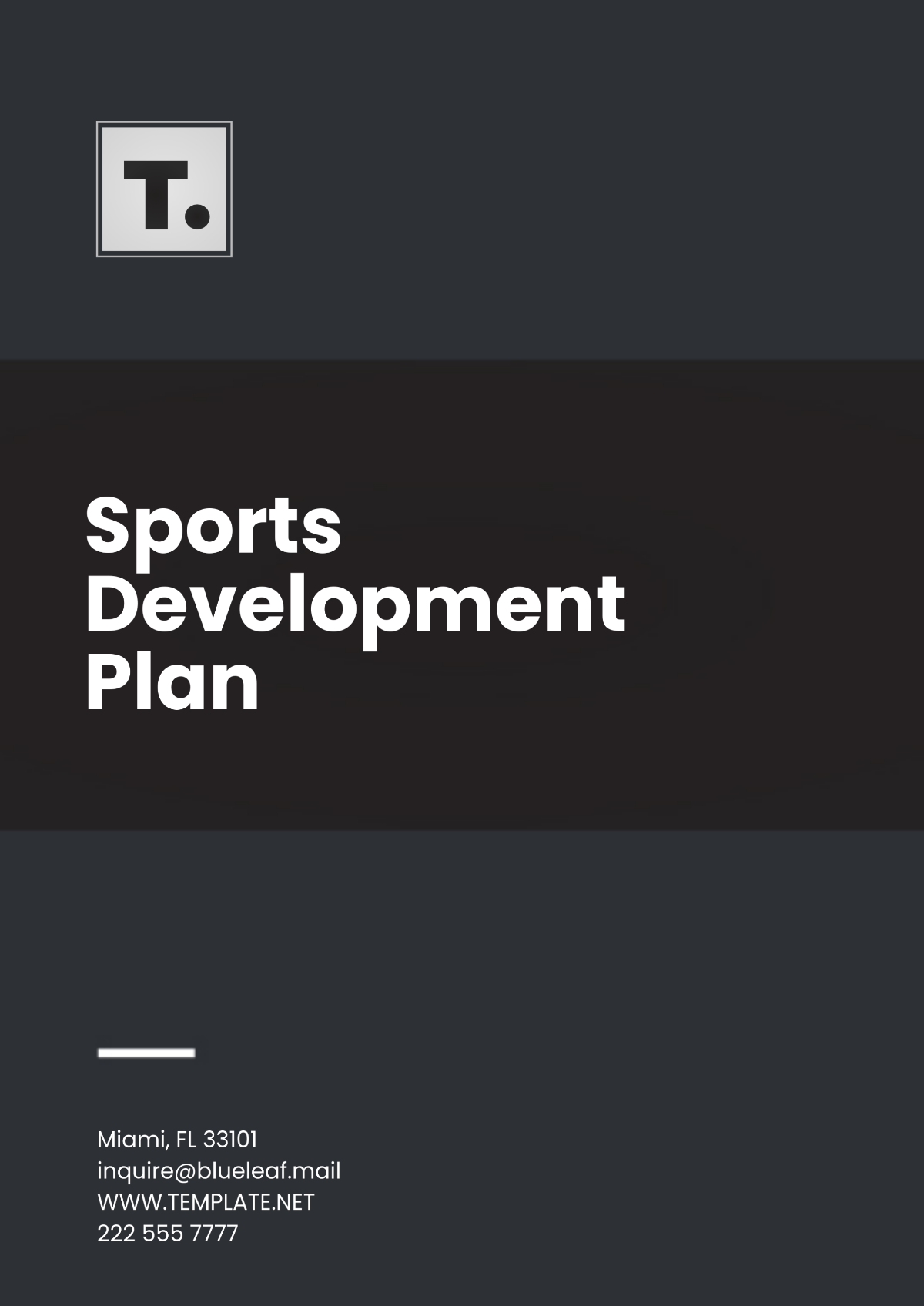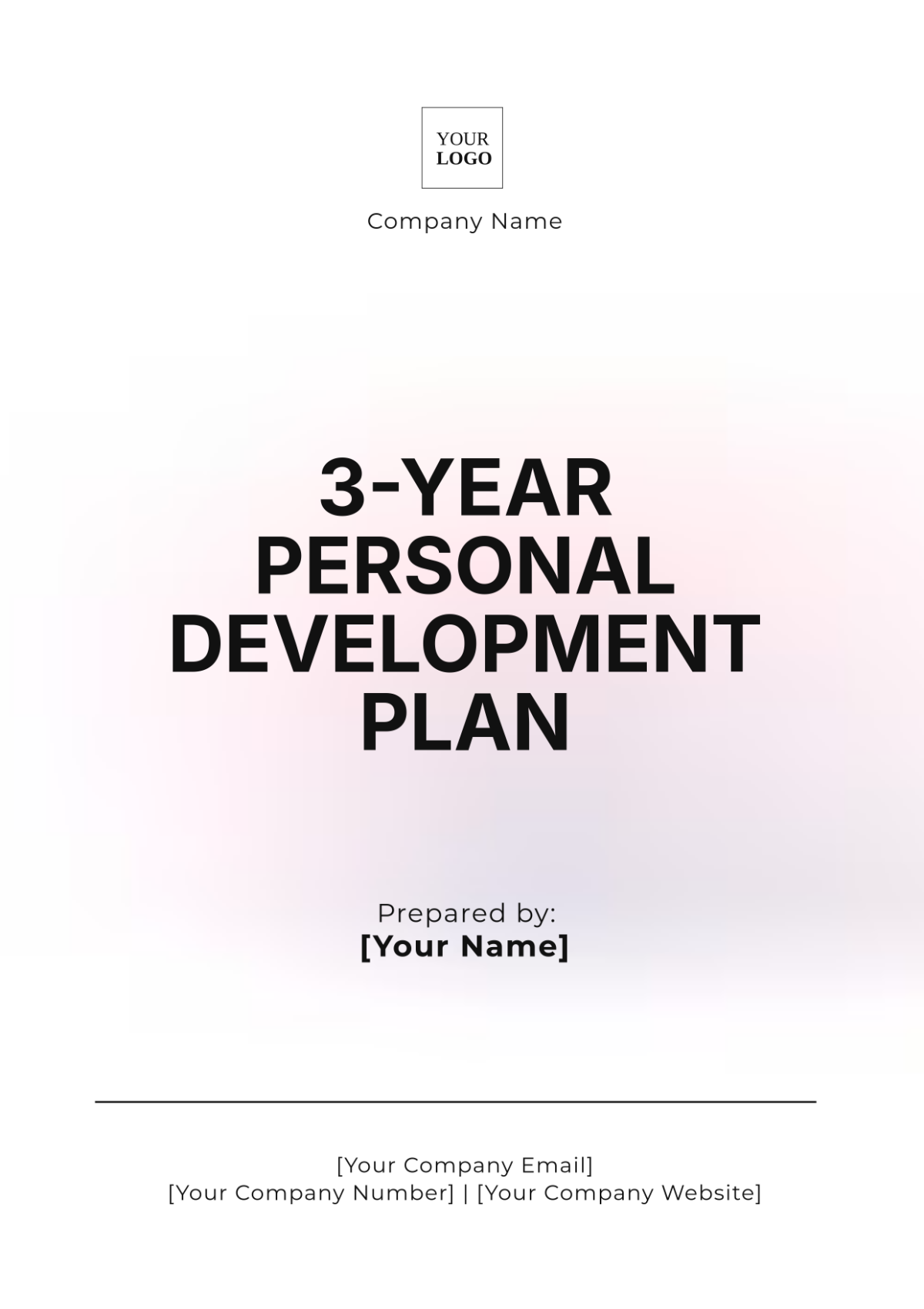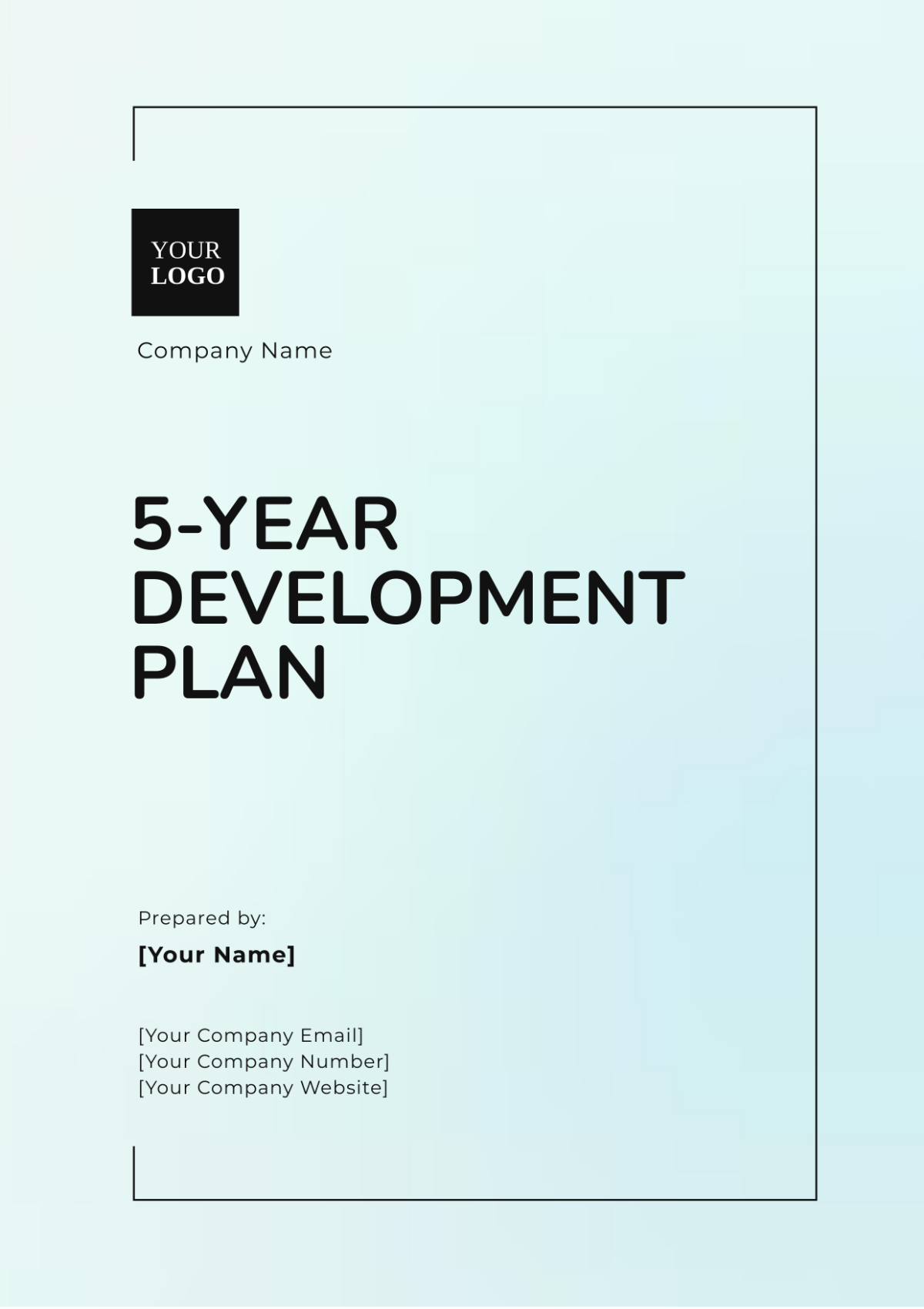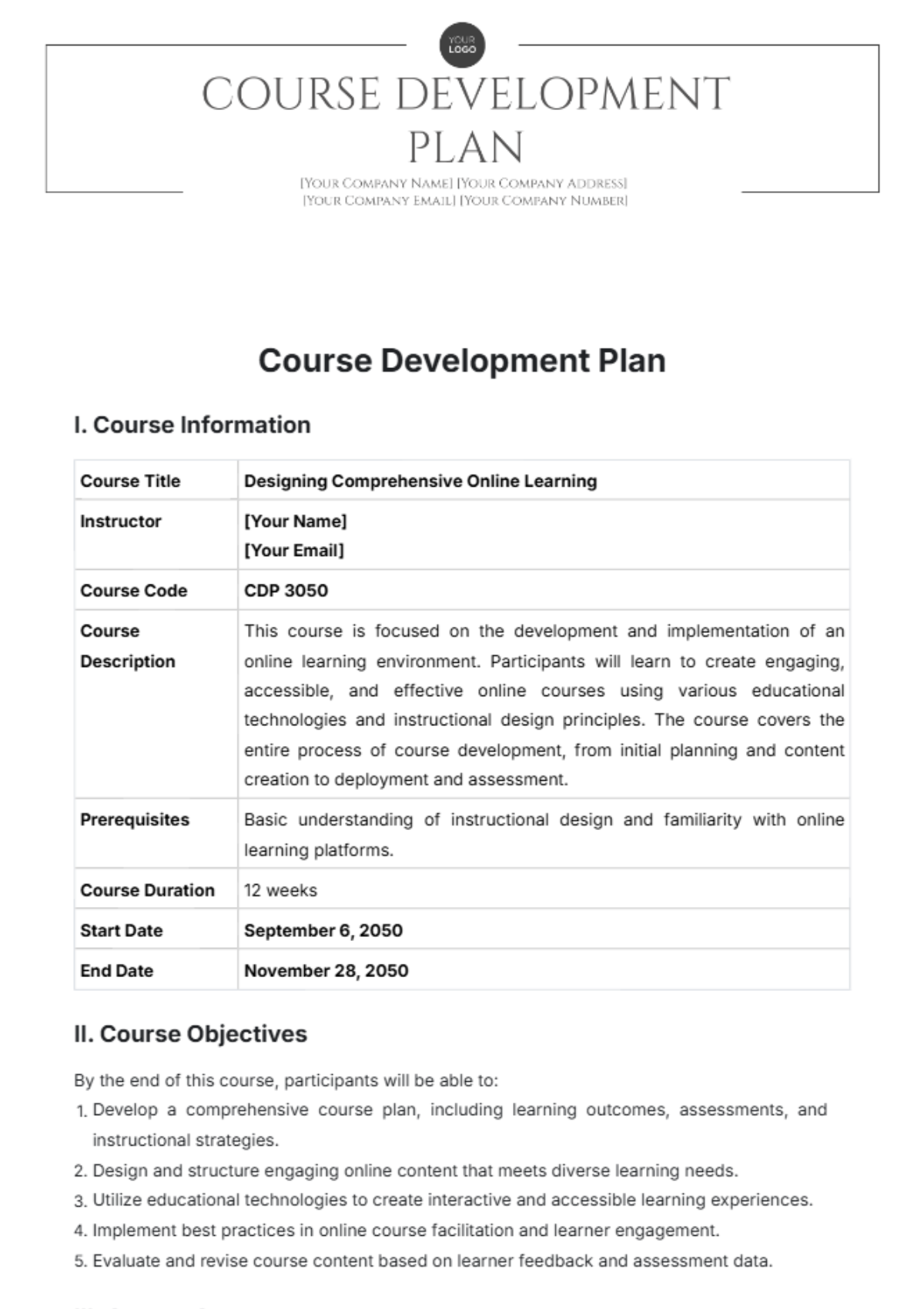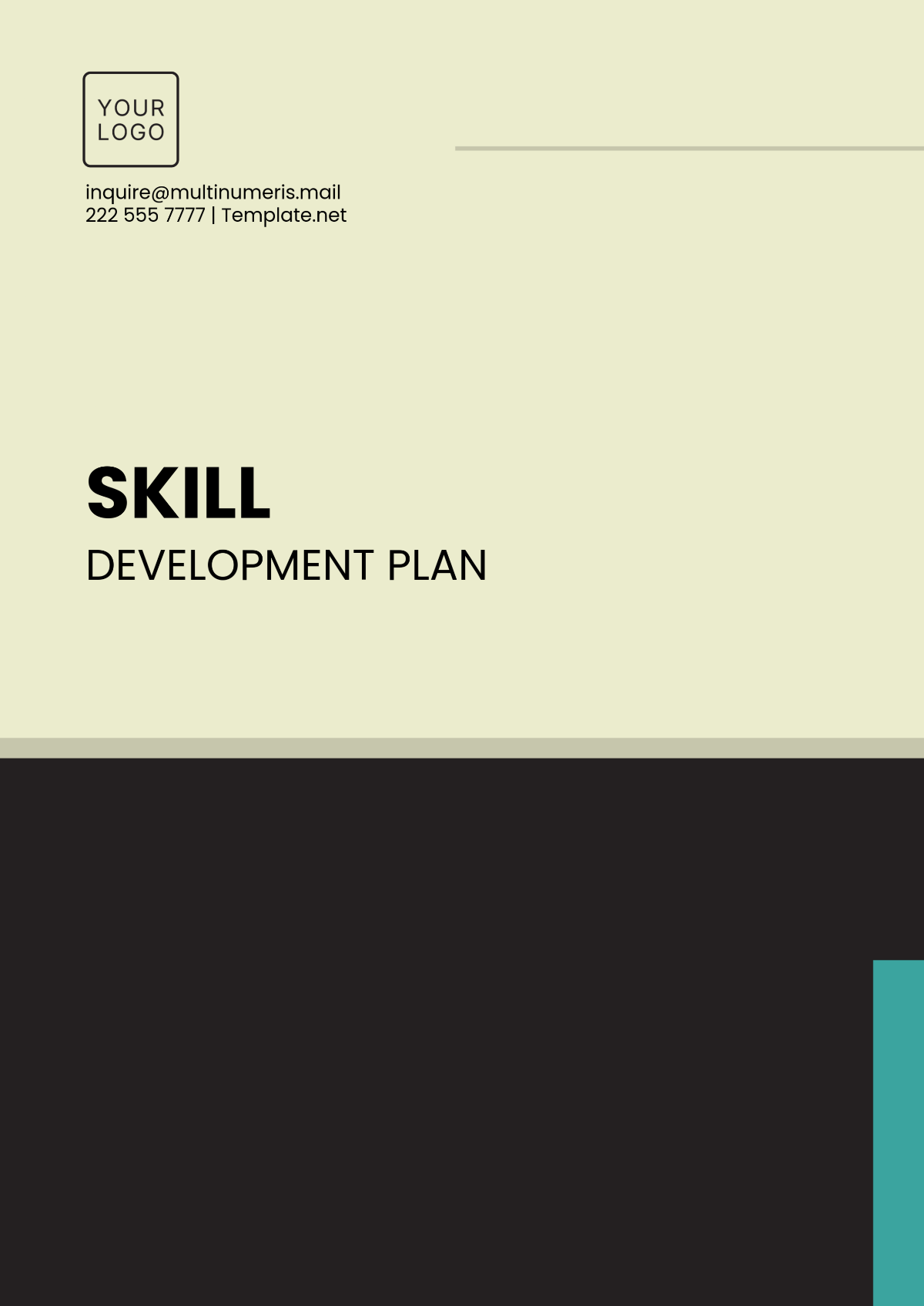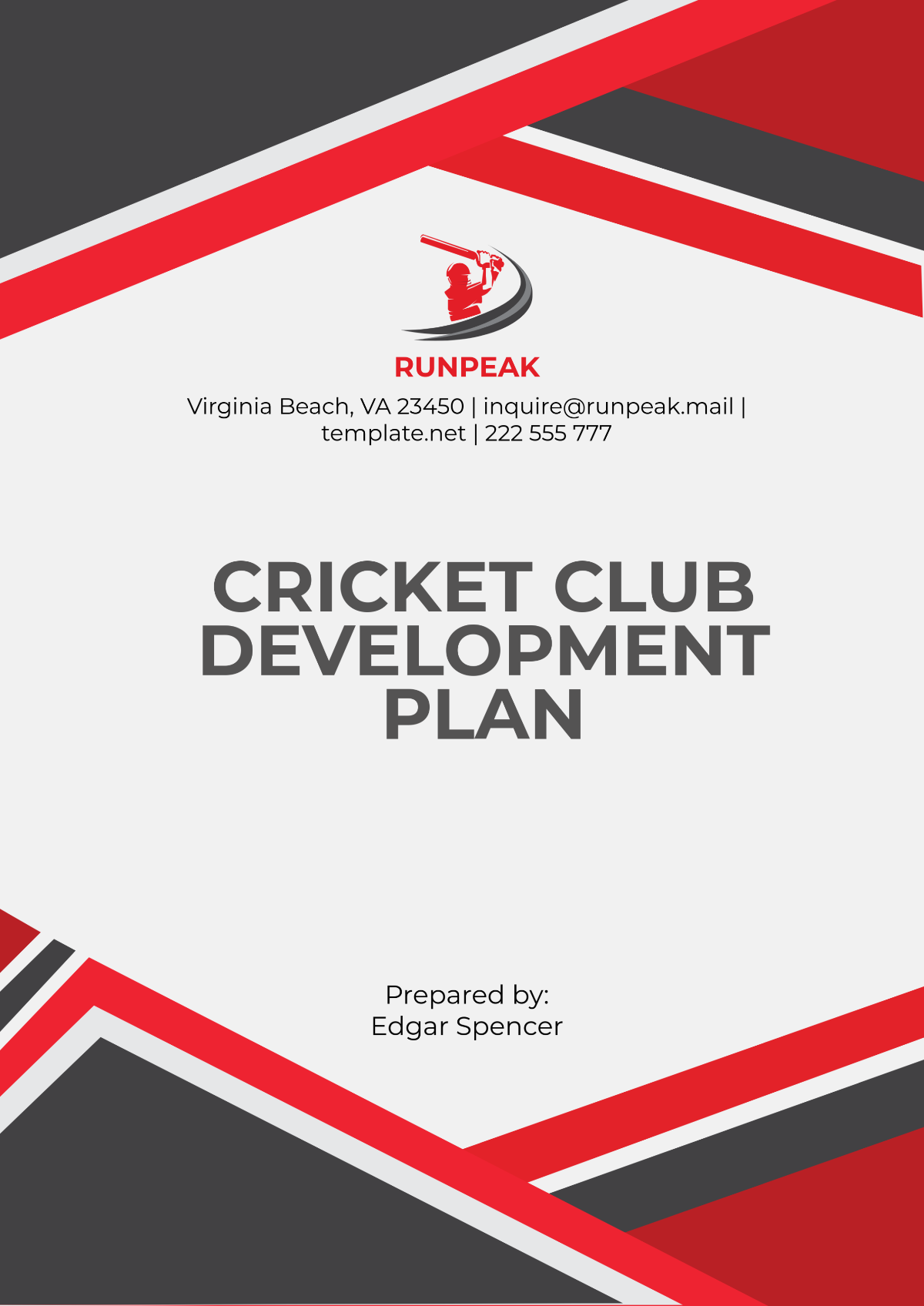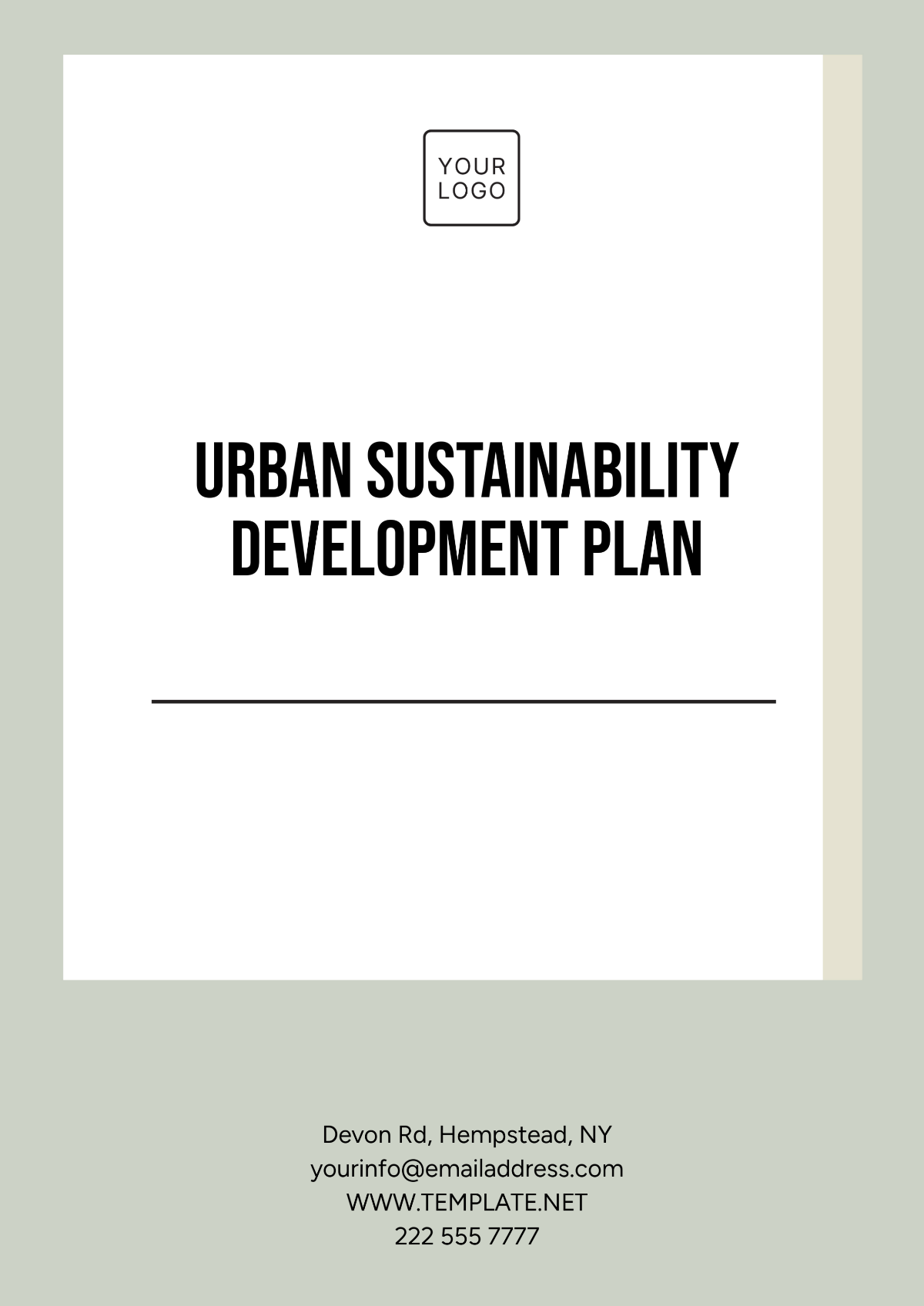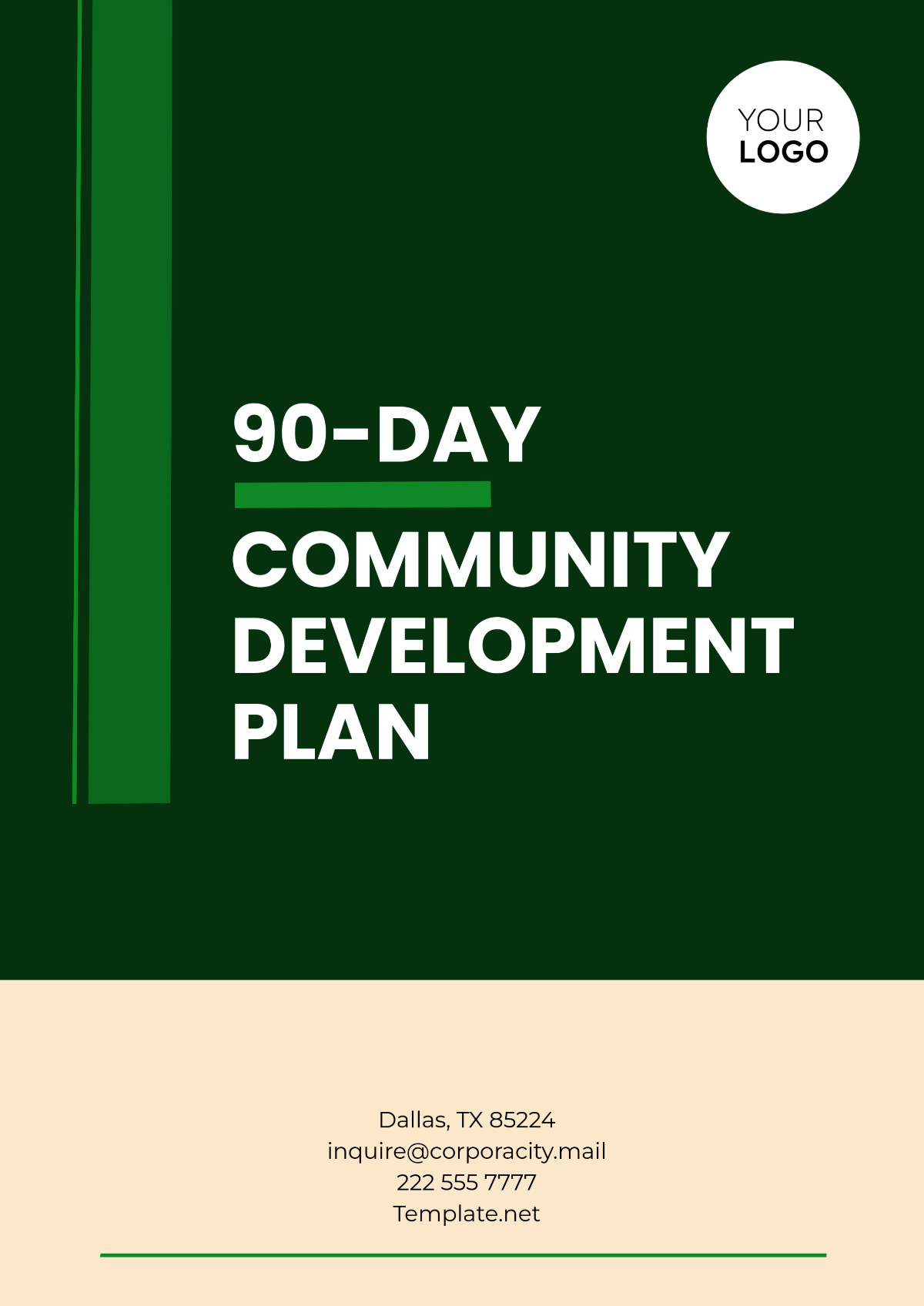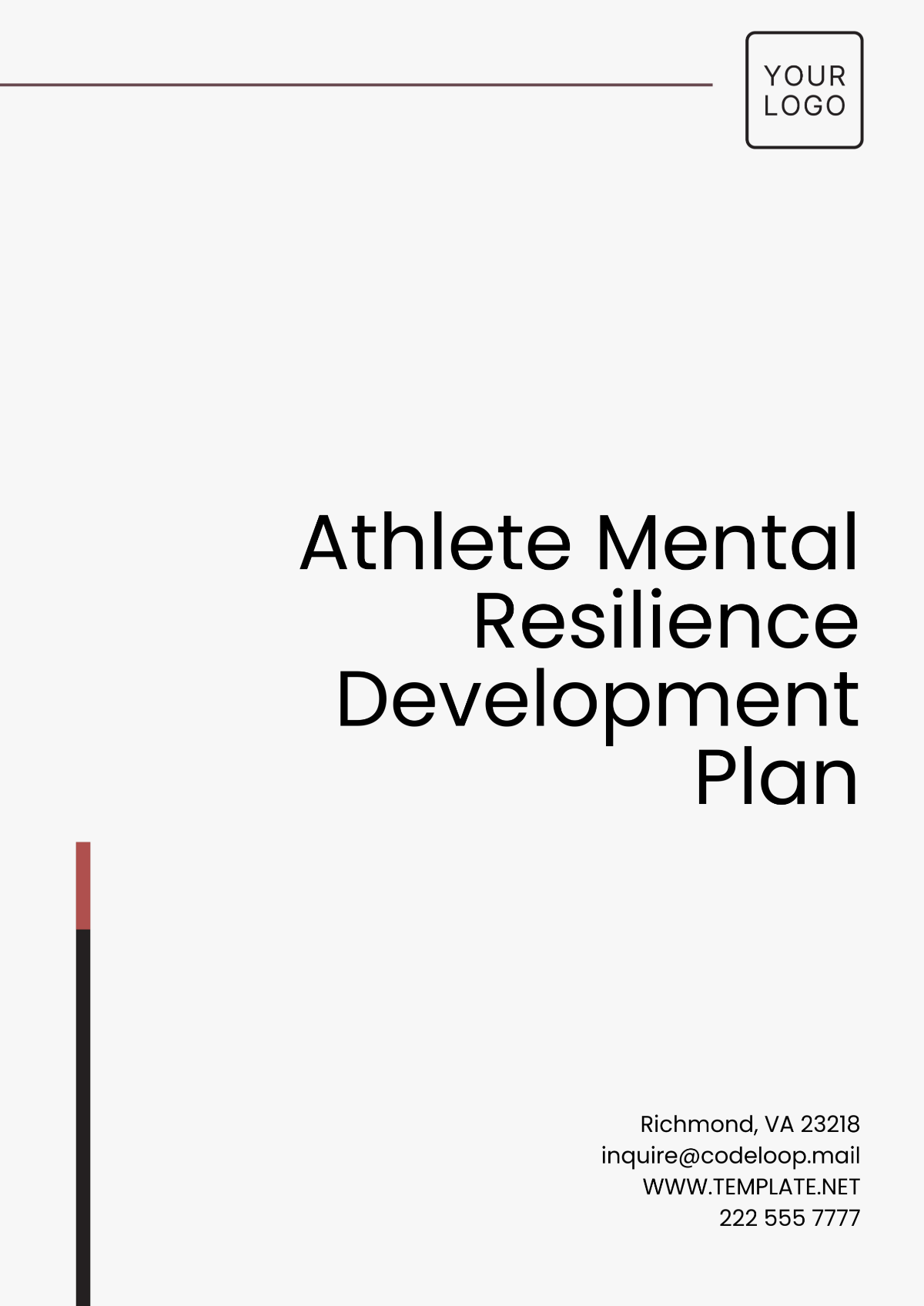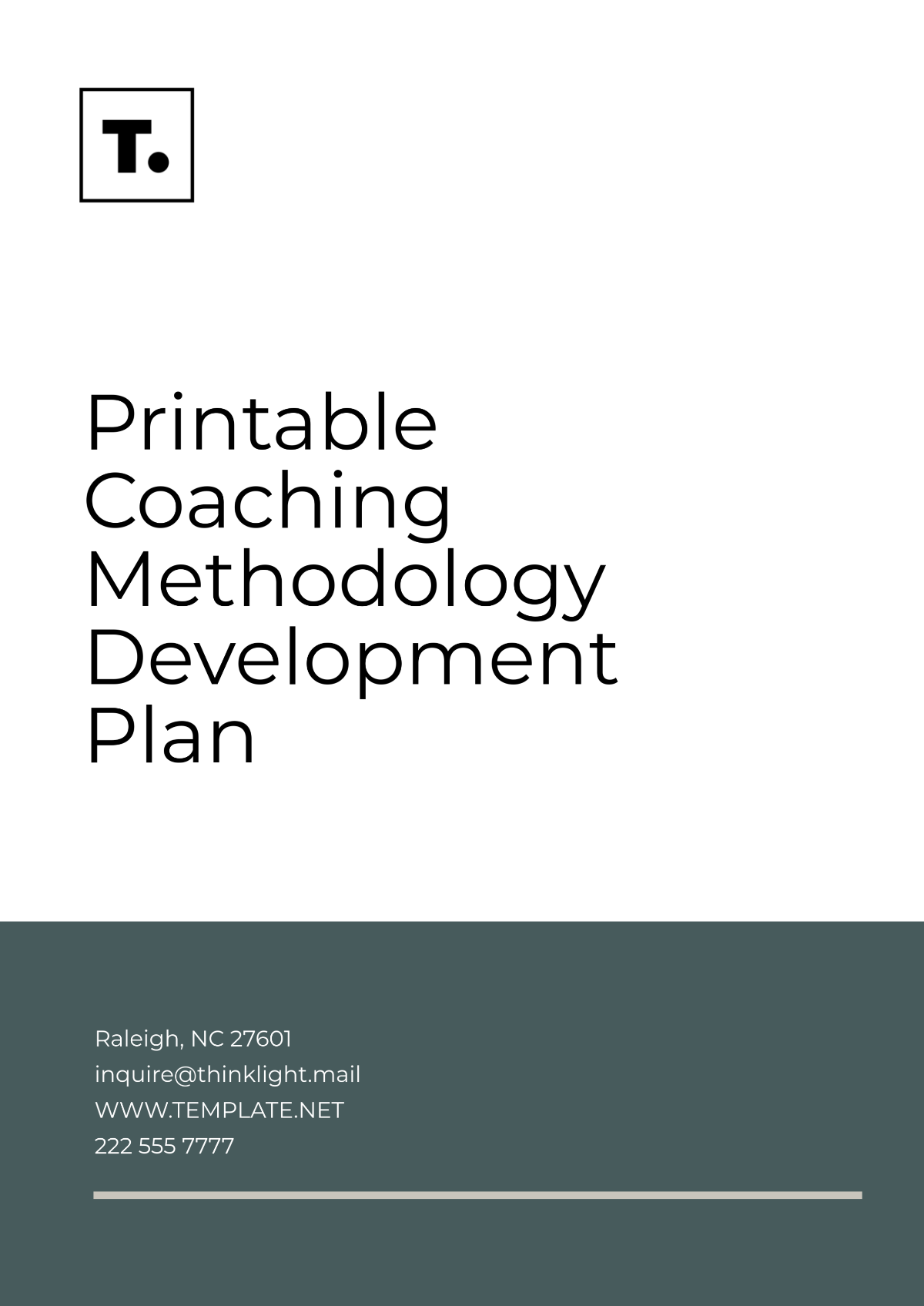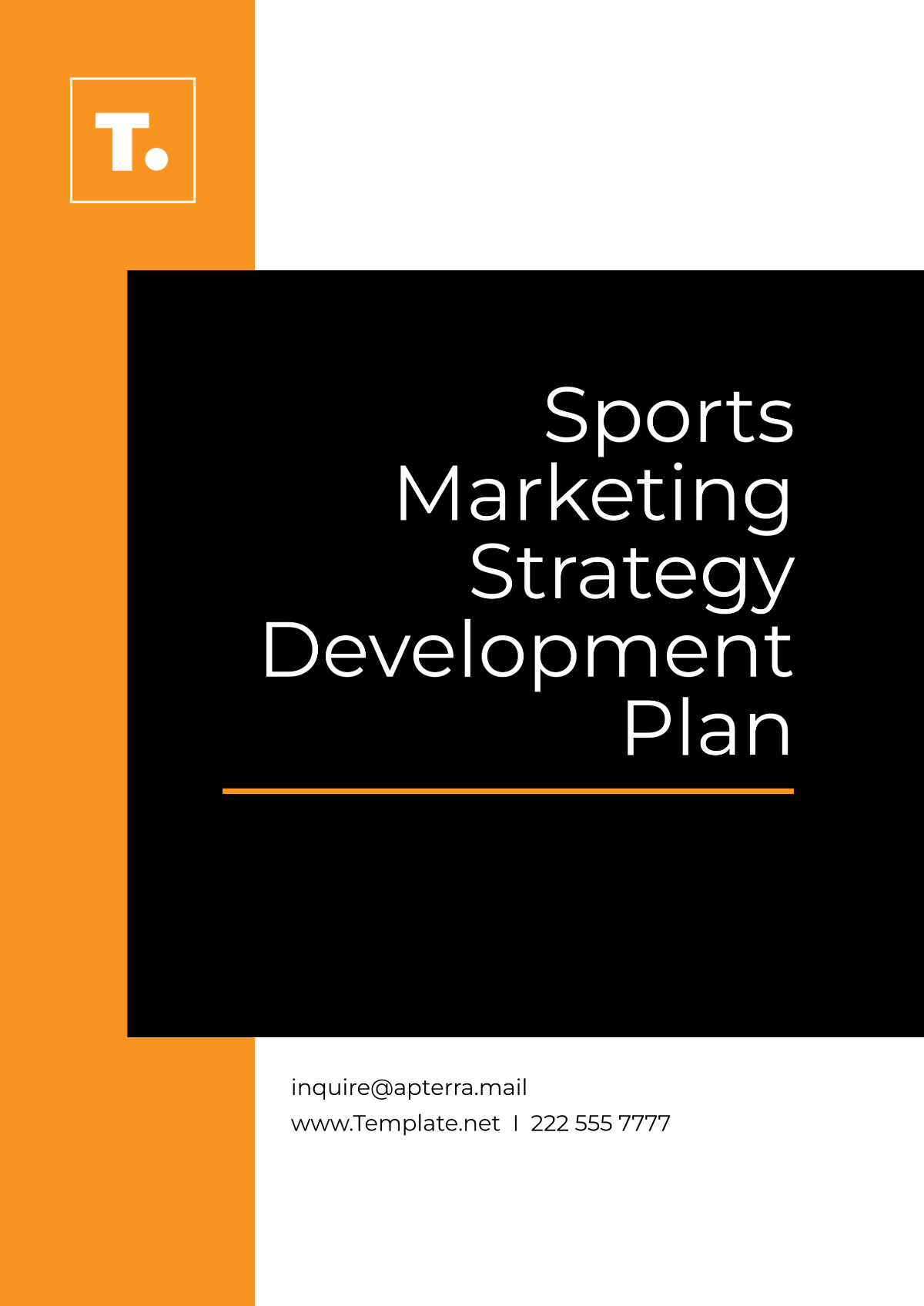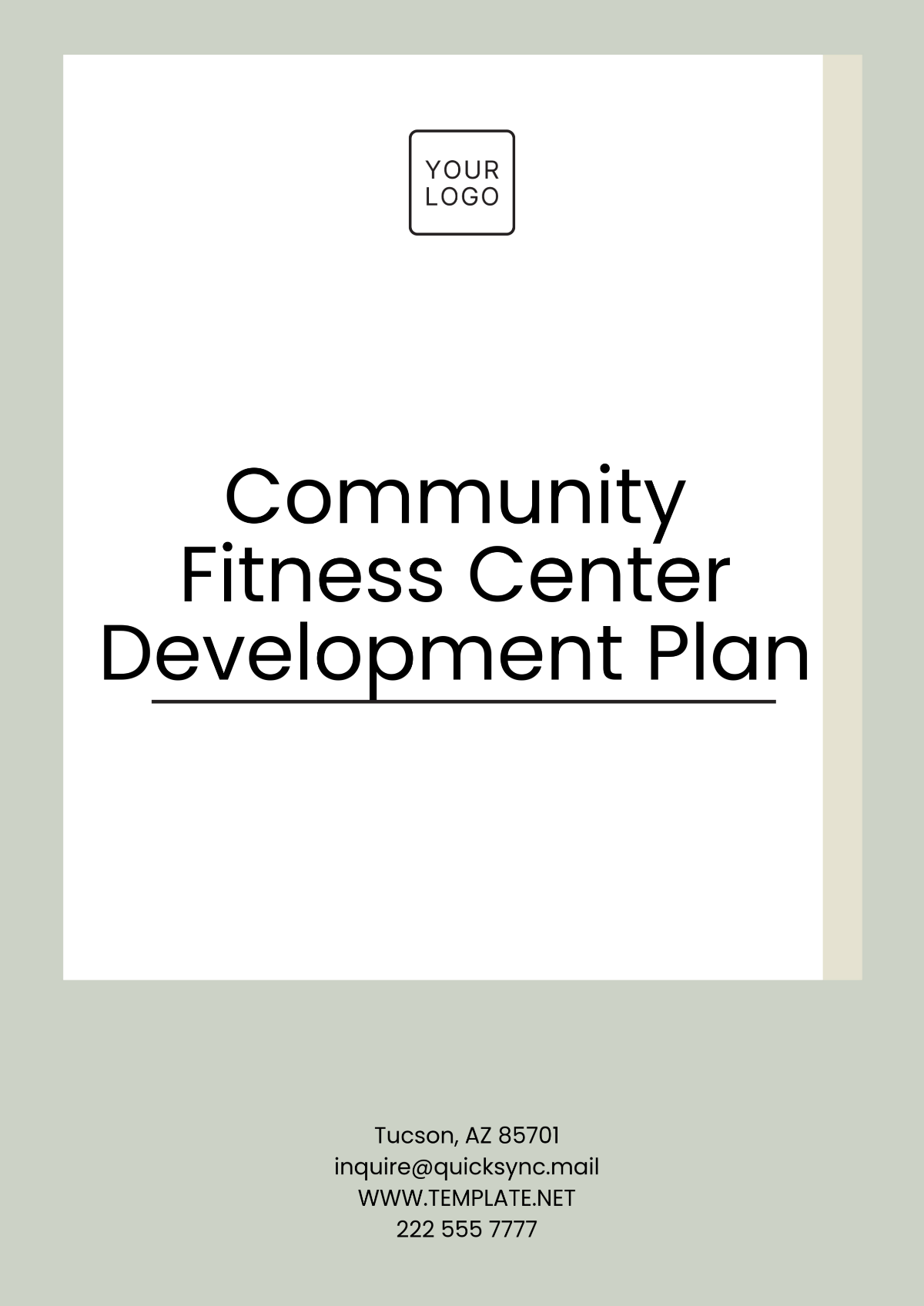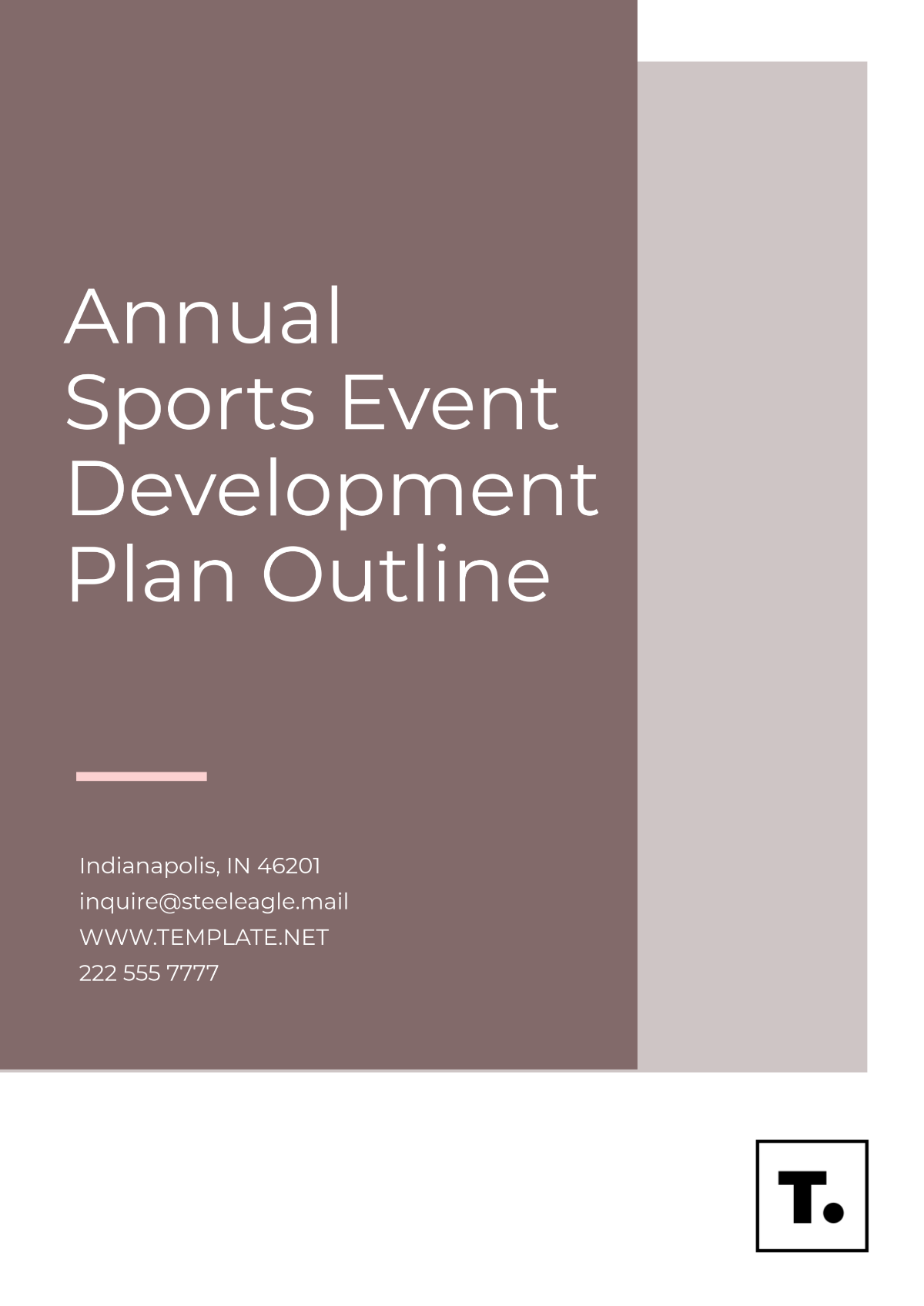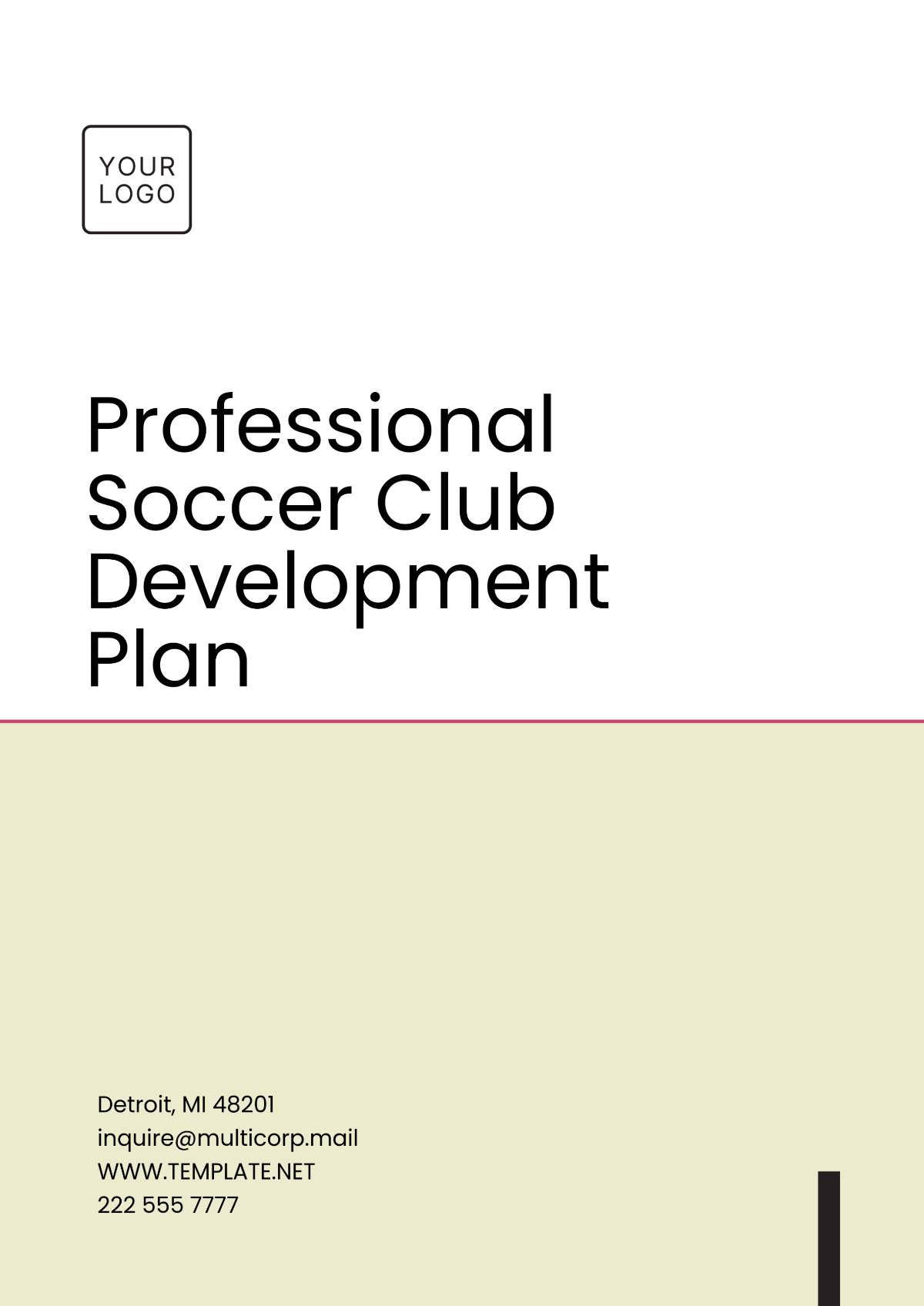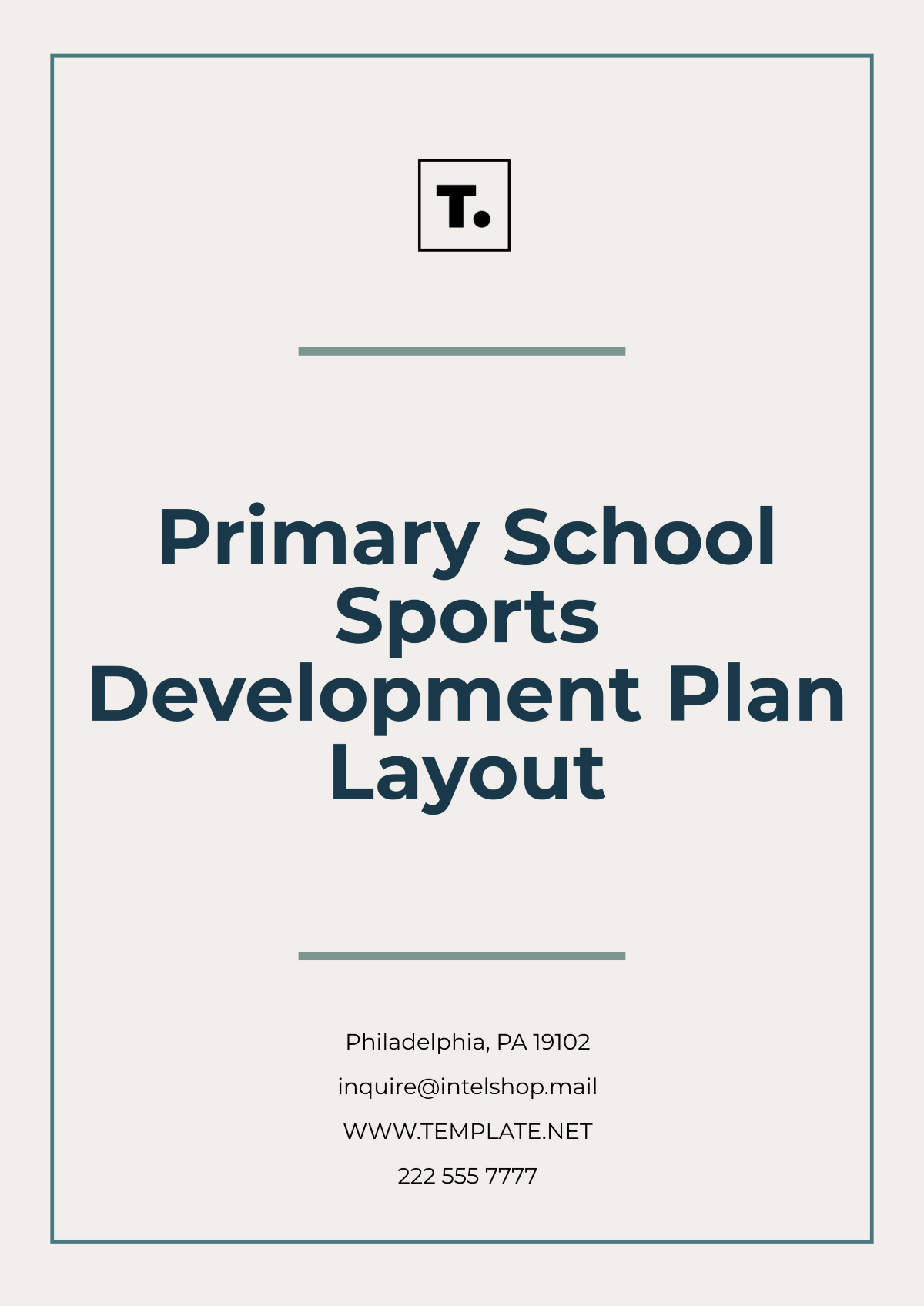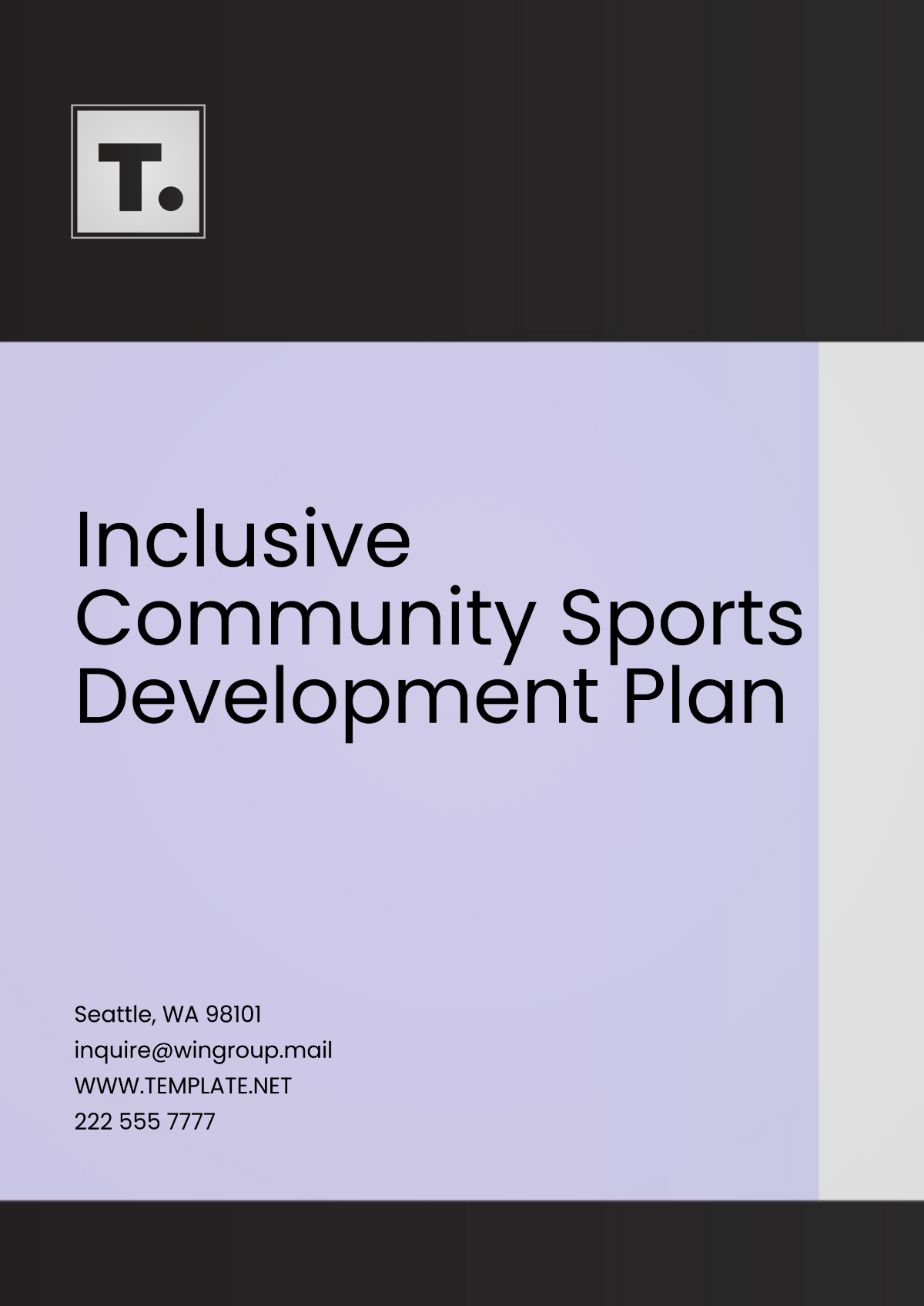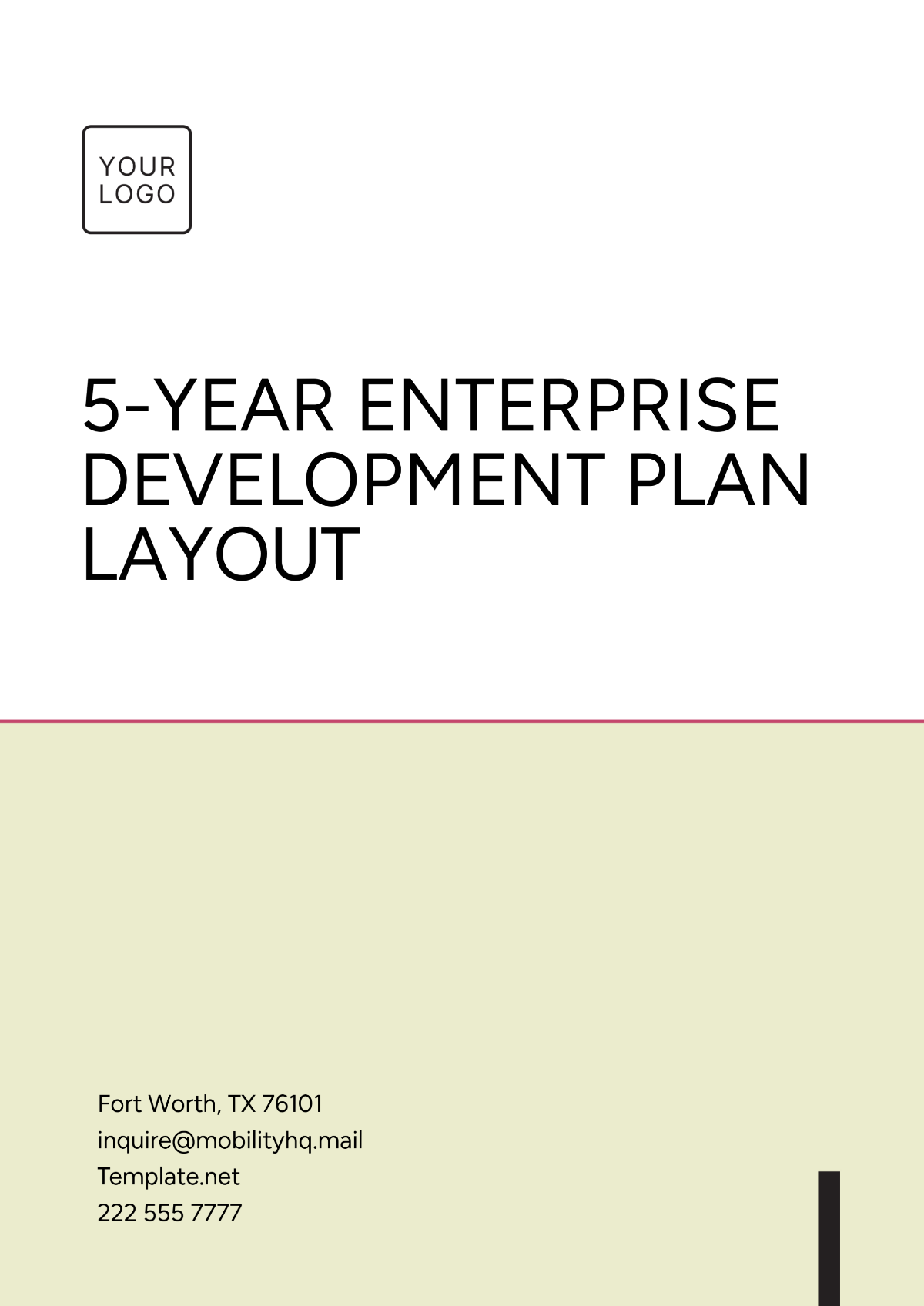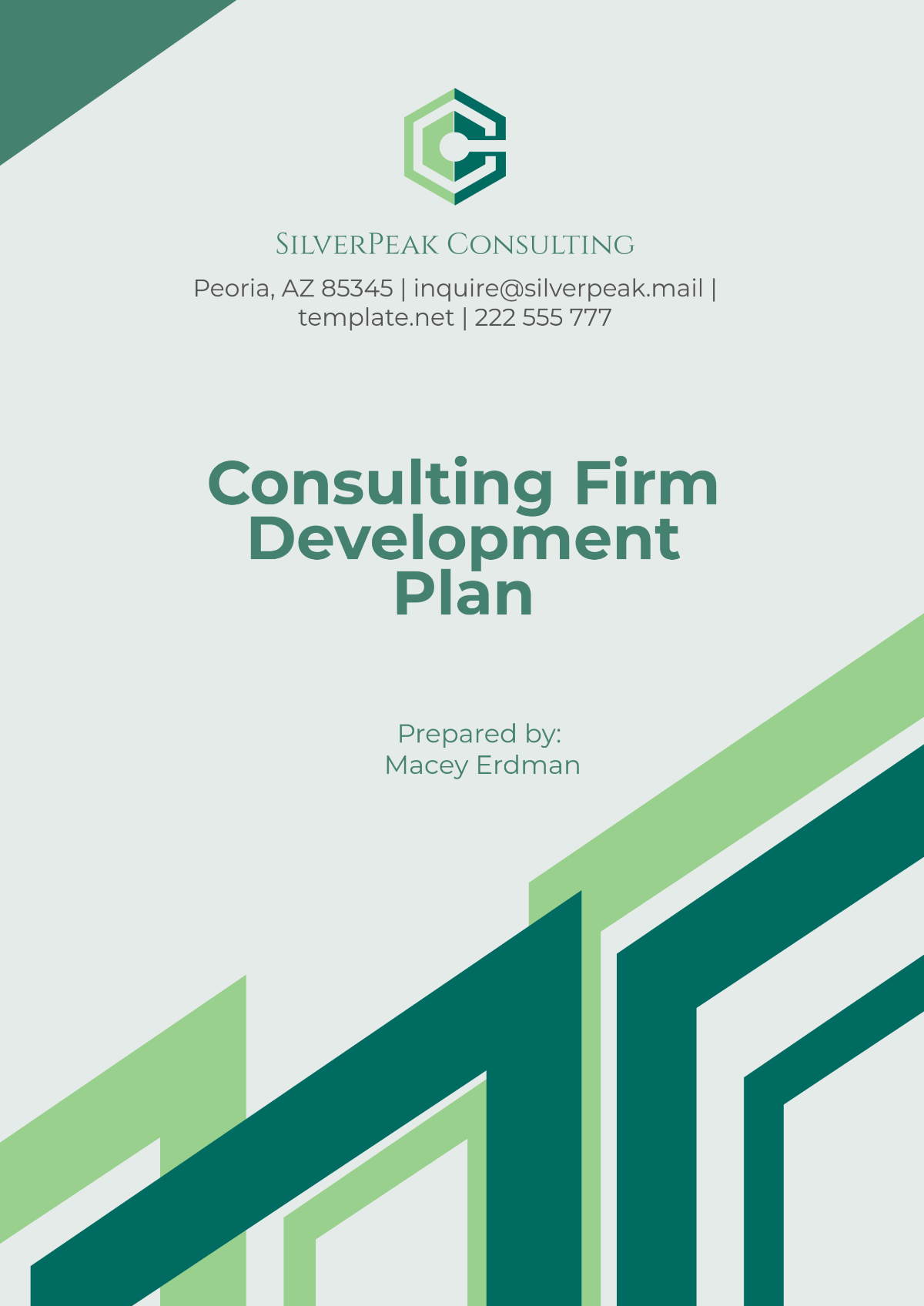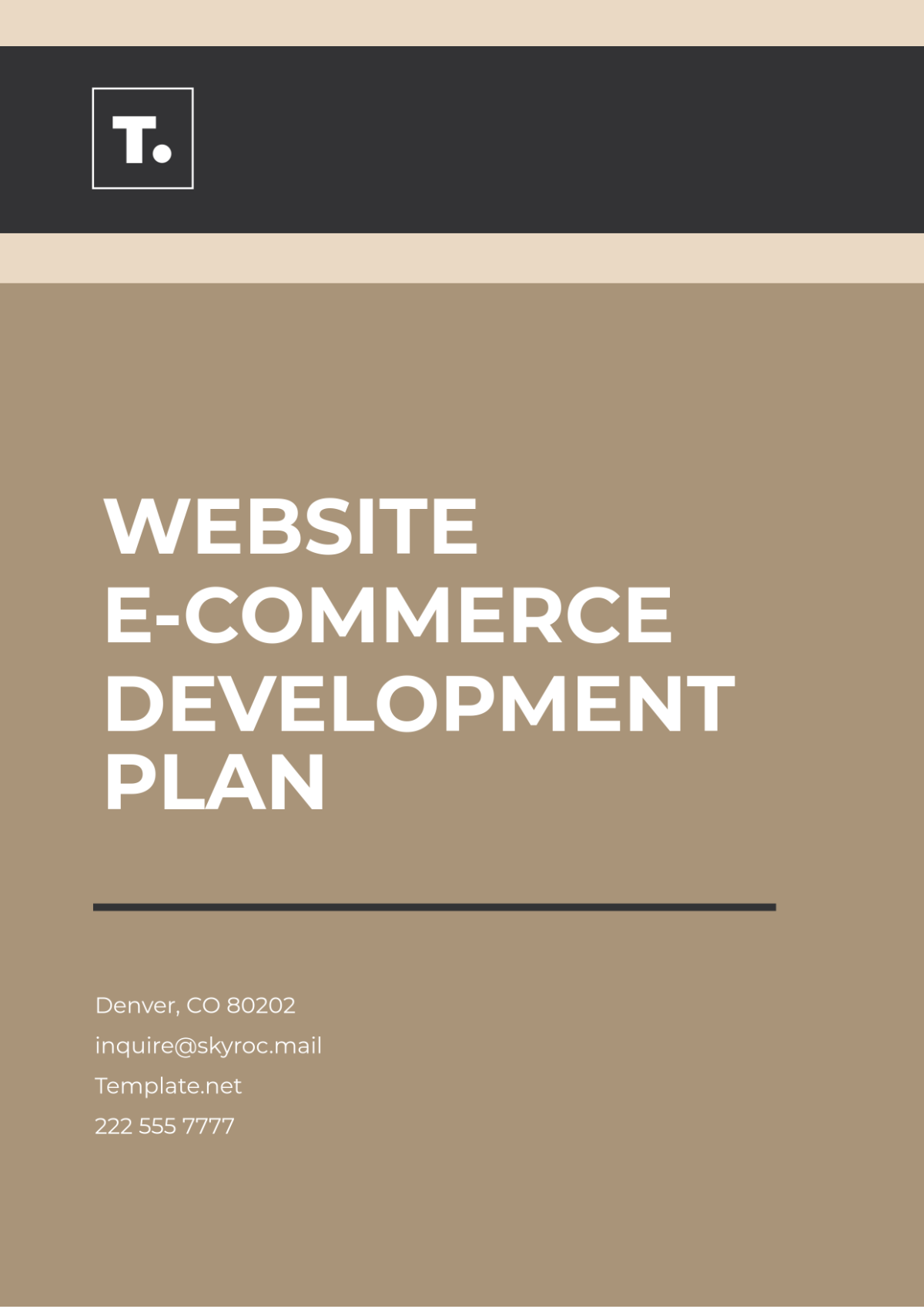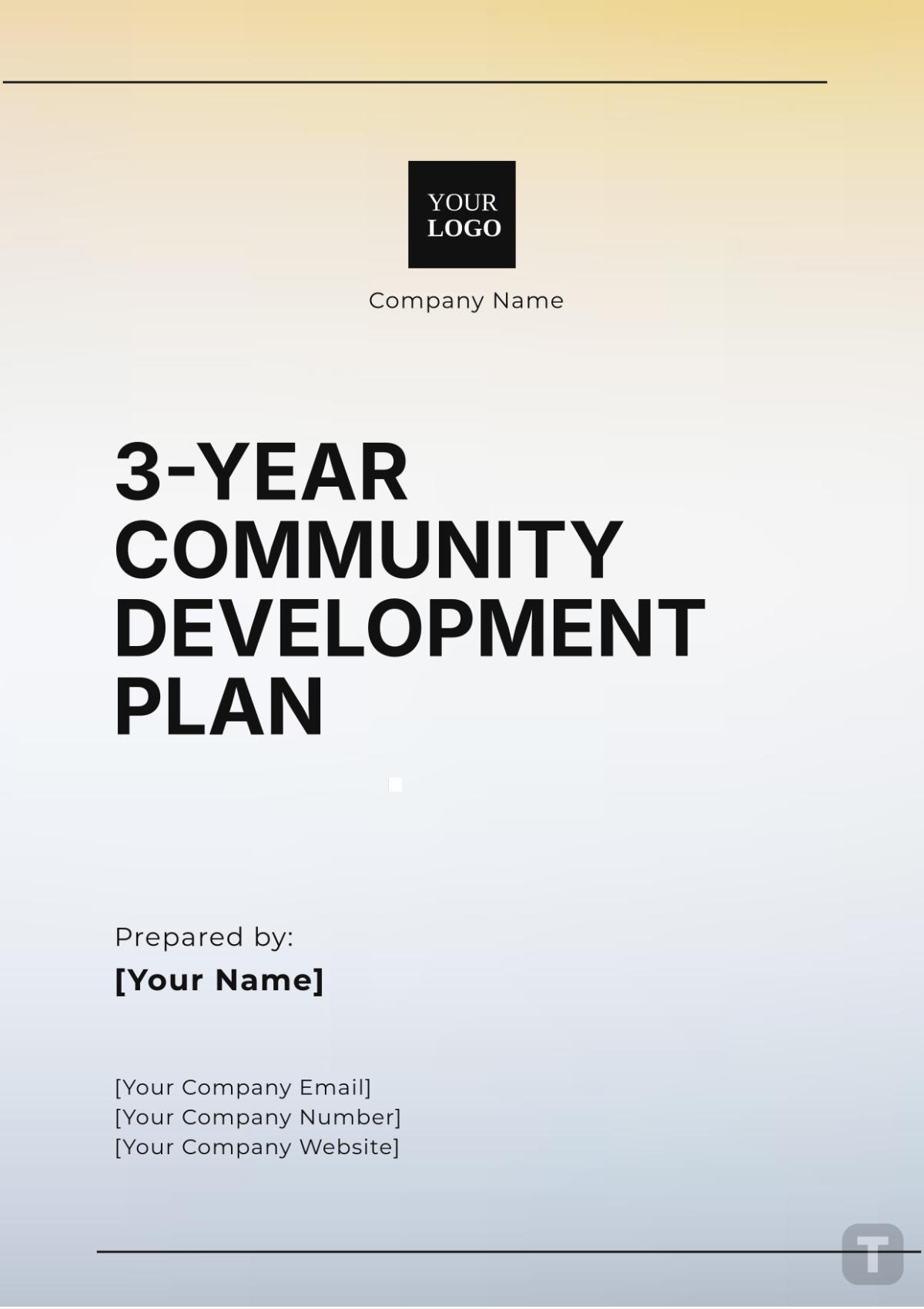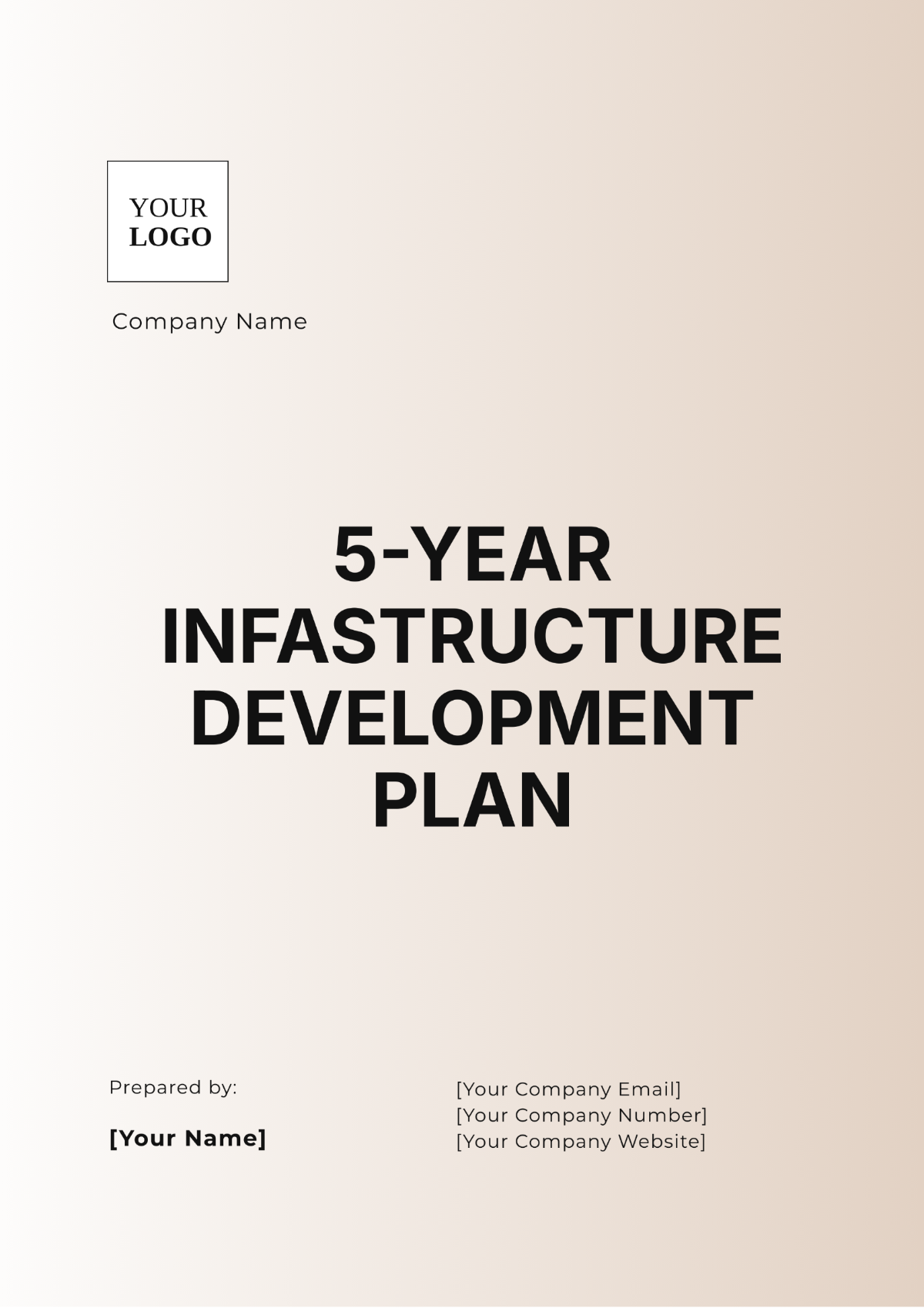5-Year Infrastructure Development Plan
Company Name: [Your Company Name]
Date: [Date]
1. Executive Summary
This 5-Year Infrastructure Development Plan outlines key projects aimed at modernizing transportation networks, improving water supply systems, and enhancing urban development. The plan focuses on sustainable growth and long-term economic resilience. Over the next five years, the objective is to complete 10 major infrastructure projects that will improve the quality of life for residents, support job creation, and foster economic growth.
2. Vision and Mission
Vision: To create a modern, sustainable, and resilient infrastructure system that meets the needs of our growing population and economy.
Mission: To strategically invest in infrastructure projects that enhance transportation, utilities, and public services, promoting long-term community and economic development.
3. Goals and Objectives
Improve transportation efficiency by reducing congestion and expanding road networks.
Ensure reliable and safe water supply by upgrading outdated systems.
Enhance public spaces and urban infrastructure to support local businesses and tourism.
Achieve a 20% reduction in energy consumption through green infrastructure initiatives.
Complete all major projects within budget and on schedule by 2029.
4. Needs Assessment
A comprehensive assessment was conducted to identify current infrastructure deficits. The primary areas of need include:
Roads and bridges suffering from aging and deterioration, resulting in increased traffic congestion.
Outdated water supply systems that are prone to leaks and inefficiencies.
Urban areas that require improved public facilities to accommodate growing populations. This assessment identified a $500 million investment gap needed to address the city’s critical infrastructure needs.
5. Project Scope and Details
Highway Expansion Project
Location: City A to City B
Timeline: 2055-2058
Cost Estimate: $150 million
Description: A 50-mile highway expansion to reduce travel time between major cities.
Water Treatment Facility Upgrade
Location: Riverfront Area
Timeline: 2050-2059
Cost Estimate: $75 million
Description: Upgrade water treatment facilities to increase capacity and reduce contamination risks.
Public Park Development
Location: Downtown Area
Timeline: 2055-2058
Cost Estimate: $25 million
Description: Revitalize urban parks and develop new green spaces to improve urban living standards.
6. Financial Plan
Total Project Budget: $500 million
Funding Sources:
Federal grants: $200 million
State infrastructure bonds: $150 million
Public-Private Partnerships: $100 million
Local government contributions: $50 million
A contingency reserve of $30 million is allocated for unforeseen expenses or cost overruns.
7. Risk Management and Mitigation
Potential risks include:
Funding Shortfalls: Mitigation by securing additional public-private partnerships.
Environmental Impact Delays: Ensure early and thorough environmental assessments to prevent delays.
Material Shortages: Work with suppliers to lock in long-term contracts for materials.
8. Implementation Plan
Phase 1: Planning and permitting (2050)
Phase 2: Initial construction (2051)
Phase 3: Mid-term review and adjustments (2052)
Phase 4: Final construction and completion (2052-2053)
Key Milestones:
Project approvals by Q3 2055
50% completion of Highway Expansion by Q4 2056
Full completion of Water Treatment Facility by Q2 2058
9. Monitoring and Evaluation
Performance Indicators:
Percentage of project milestones completed on schedule.
Budget adherence.
Improvement in traffic flow and water quality metrics post-completion.
Reporting: Quarterly progress reports submitted to stakeholders.
Evaluation: End-of-project evaluation to assess overall impact and lessons learned.
10. Stakeholder Engagement
Key Stakeholders:
Local governments
Community leaders
Private contractors
Environmental groups
Engagement Plan:
Public hearings every six months to update the community.
Regular consultations with environmental agencies.
11. Sustainability and Environmental Impact
Adoption of energy-efficient technologies for water treatment facilities.
Incorporation of eco-friendly materials in road construction.
Planting of 10,000 trees in urban areas to offset carbon emissions.
12. Legal and Regulatory Considerations
All projects will comply with federal, state, and local environmental regulations, including environmental impact assessments. Necessary permits for construction, water usage, and land development will be obtained from the relevant authorities before the start of each project.
